Soundview - The Bronx
Find out what Joel Meyerowitz, coyotes and Son of Sam all have in common
Soundview, in the southeastern Bronx, is part of the Clason Point peninsula, which, somewhat confusingly, is also the name of the smaller neighborhood that occupies the peninsula's tip.
The neighborhood’s borders are I-95 to the north, White Plains Road to the east, Lacombe Avenue to the south, and the Bronx River to the west. The Bruckner and the Bronx River Expressway bisect Soundview, cleaving the once-contiguous neighborhood into thirds.
Soundview's name is misleading since it doesn't overlook Long Island Sound as it would suggest, but rather the East River, which connects Upper New York Bay to the actual Long Island Sound, a few miles farther east. The discrepancy can be explained by John Montressor's seminal 1775 map of New York, commissioned by General Gage, then Commander-in-Chief of British forces, known simply as "A plan of the city of New-York & its environs to Greenwich, on the North or Hudsons River, and to Crown Point, on the East or Sound River, shewing the several streets, publick buildings, docks, fort & battery, with the true form & course of the commanding grounds, with and without the town. Survey'd in the winter, 1775."
By the time the city had settled on calling the body of water the East River, the neighborhood had already been named. To make matters even more confusing, the East River is not a river at all but rather a tidal estuary.
Through the early part of the twentieth century, fully three-quarters of the Bronx was farmland or open marshes. The fertile, loamy soil was perfect for growing staples like tomatoes, pumpkins, squash, melons, peas, and sweet corn. The arrival of the Lexington Avenue subway in 1920 made the Bronx a viable option for city dwellers to commute from, and a boom in construction soon followed, though several farms continued to operate.
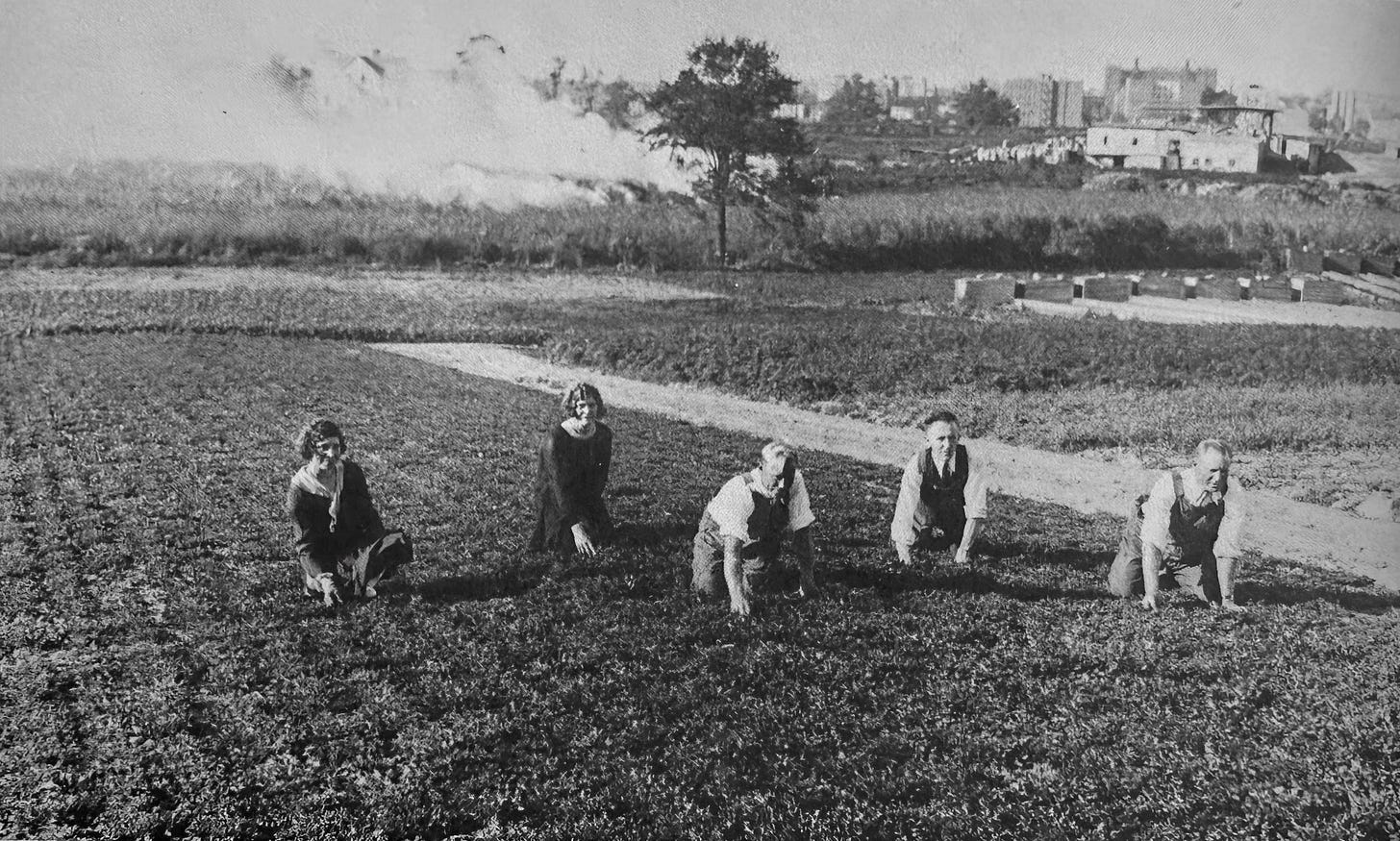
One of those farms, belonging to the Fuellner family (pictured above), did a brisk business selling their produce to a captive customer base, stuck in traffic on Soundview Avenue waiting to board the municipal ferry between Clason Point and College Point in Queens. That revenue stream dried up when the Bronx Whitestone Bridge opened in 1939. The farm lasted through the mid-1940s when its final harvest was sent in the form of rolls of sod to the new Parkchester development just to the east.
QUONSET TO YOU?
At the end of World War II, 750,000 service members returned to a city where development had been virtually nonexistent since the Great Depression. With no available housing for returning GIs, Robert Moses had the idea of purchasing surplus Quonset huts from the military to set up mini villages on parcels of unused city land. Virtually overnight, thousands of huts, assembled from semi-circular steel ribs covered with corrugated sheet metal, went up in neighborhoods like Canarsie, Rockaway, Middle Village, and nearby Castle Hill, the first Bronx location I visited for this project.
The former farmland and marsh in the middle of Soundview was deemed the perfect place for another Quonset village, and the city put up 473 huts just south of Bruckner Boulevard.
A reporter visiting the Soundview village for The Daily News was less than enthusiastic in their description of the settlement:
The ugliness of the scene gives the casual observer the shudders. The huts, Army and Navy-designed and painted in unesthetic serviceable brown, green, or gray, are set close to each other at all conceivable angles. Mud is more than a foot deep in wet weather.
Understandably, nobody was thrilled with the prospect of spending more time than absolutely necessary in a curved, metal half-tube warmed by the noxious fumes of a kerosene stove, and soon, the Quonset villages would be replaced by large housing developments.
Soundview has one of the highest concentrations of NYCHA projects in New York City, including the Monroe Houses, Bronx River Houses, Soundview Houses, and the Sotomayor Houses. The Sotomayor Houses are named after former Soundview resident Supreme Court Justice Sonia Sotomayor, who lived in the housing project (then called the Bronxdale Houses) for 13 years starting in 1957. Behind a locked gate in the corner of the Sotomayor projects stands a relocated Quonset hut, a lone corrugated connection to the neighborhood's past.
WICKED CHARMING SMILES
In the early 2000s, I had my first NYC job at the Joel Meyerowitz Archive. Joel, as many know, is one of the true legends in the world of photography, and an outsized influence on my own work.
By the time I started at the studio, Joel had been living in Manhattan for several decades, but he grew up on Morrison Avenue in Soundview. Last week, when I was heading to Soundview to photograph, I sent Joel a quick email to see if he had any recollections of the old neighborhood, figuring I might hear back from him a few days later.
By the time my 6 train emerged from underground, he had responded. Joel's lyrical, evocative description of the neighborhood is so fantastic that I wanted to share it here.
The baseball fields across from that address were empty lots when they built the Bronx River Parkway. After that, all the fathers and sons on the block hand dug the ‘lots’ and set up the first ball fields. Later, they became a city-managed so-called Park.
But WE did it.
At the end of Soundview, where a trolly line once ran out to, there were houses - if I remember, some might have been on stilts - and it was called the ‘clamdiggers’ area. The Irish neighbourhood, Then Nearby were Italian backyard farms and the like, Ethnic enclaves, and through my block came peddlers of fresh fish, vegetables, etc all with horse drawn wagons with the stuff exposed on the sides. A real ‘European feel’ to the neighborhood.
Italian old ladies stooped and dressed in their mourning black, picking wild greens alongside the stream that was a tributary of the Bronx River running right through the ballfields then (now in a culvert below the surface) Old knife sharpener men and their grind wheels, rag and bone men from the shtetls of eastern Europe collecting schmattas for the garment trades, Italian opera singers in capes and big hats in the back yards, singing arias for pennies, Fiddlers making the mothers weep as they hung out the wash, egg men, milk men, ice and ice cream vendors, pushcarts of every kind of inventory, the coal delivery guy - Poles mostly black as soot from carrying bags of it and dumping down the chute under my window into the basement., the Iceman Cometh, into our place and every other chipping away at the block so it fit into the ‘Icebox,’ where it melted for 4 days or 5, and then the next block was put in. Poker games in the street, shooting craps too, and all our kids chase games, Ringelivio, stickball, asses up, knife games, war games, devil ball games.
6 foot tall Irish cops swinging their billy clubs as they walked every street, no guns, just beefy brawny, no-nonsense big-chested guys, wicked charming smiles I remember. Italian domino players out front all the time, women, outside 1171 and every other building peeling potatoes, shelling peas and beans, yakking and keeping a bad assed eye on all the kids, they were tough mama Nabeldons (read from Naples) but those Jewish mamas held their own - and I know since my mama was no fearful babe, she could stick it to any guy who overstepped the line.
Today, the world that Joel conjures up, with its back alley arias and stooped, foraging nonnas, feels like a distant dream. The pushcarts heaped with glistening fish have given way to swarms of e-bikes delivering bags of Chick-fil-A, while the hypnotic pull of TikTok and Candy Crush has long since supplanted the simple thwack of a pink Spaldeen hitting a brick wall. The sidewalk soundtrack of Yiddish and Italian has taken a back seat to Spanish and Bengali. Yet some echoes of the past remain: the ballfields that Joel and his crew carved out of a vacant lot still exist, even if soccer has become the preferred neighborhood pastime.
The streets are alive and buzzing, especially on Sunday mornings when Westchester Avenue transforms into an open-air bazaar. Vendors hawking everything from old socket wrenches to used Casios lay out their wares on multicolored tarps spread across the sidewalk. Garbage cans stuffed with sugar cane stalks flank a procession of battered carts, offering steaming tortillas filled with simmered chunks of beef tongue and white onion.
While the Soundview of 2025 bears little resemblance to its 1940s and '50s incarnation, the steady hum of life in this corner of the Bronx continues unabated.
SOUNDVIEW PARK
If you visit Soundview Park, you might be inclined to think that at least this part of the neighborhood has been immune from the drastic changes that have shaped the rest of the area. In truth, Soundview Park, as it stands today, is a wholly new creation. The park has been in the process of transforming from marshland to terra firma ever since Robert Moses took an interest in it in the late 1930s. When the City of New York acquired the original 93 acres of land for this park in 1937, the entire area was a vast salt marsh crisscrossed by an intricate web of tidal creeks. So, of course, Moses dumped a bunch of garbage on top of it. In the decades since, more and more of the marshland has been filled in.
If you can ignore the fact that you are walking on nearly 30 feet of compacted garbage, the park is a welcome respite from the chaos of the city. Last week, I found myself grateful to have the opportunity to walk around the empty park on a bitterly cold morning.
After spending an hour scrambling over the moss-covered boulders that line the Bronx River and exploring the trails running through the leafless stands of ash and pin oak trees at the park's edge, I spotted something moving in the underbrush.
At first, I thought it was a raccoon or a particularly corpulent squirrel, but its shifty canine lope gave it away. This was a Canis latrans bronxiensis, a rare Bronx coyote, slinking its way through the woods less than ten yards from me.
While there have been several reports of coyote sightings in Central Park in recent years, coming face to face with one in the shadow of the Bruckner Expressway was a slightly surreal experience. In those brief seconds, while I stood frozen, trying to gauge whether the coyote, which looked rather hungry, saw me as a threat or potential snack, it had slipped silently back into the woods.
AMADOU DIALLO
On February 4, 1999, four NYPD officers unleashed a fusillade of 41 bullets at Amadou Diallo, an unarmed 23-year-old Guinean student on the stoop of his building at 1157 Wheeler Avenue after mistakenly believing he was drawing a gun. Nineteen of the bullets struck Diallo, a devout Muslim with no criminal record, killing him on the spot.
The four police officers were members of the Street Crime Unit (SCU), a "commando" force of plainclothes NYPD officers tasked with getting illegal firearms off city streets. The unit, whose motto was "We Own the Night," had tripled in size while Rudy Giuliani was mayor and was famous for its overly enthusiastic deployment of the now banned stop-and-frisk approach to policing.
The killing sparked so much public outcry that a judge determined a fair trial in the Bronx was impossible and moved the proceedings to Albany. On February 25, 2000, the jury found the four officers not guilty of all charges. The killing led to the eventual disbandment of the SCU. Diallo's family filed a civil wrongful death suit against the city and eventually received $3 million.
SIGHTS AND SOUNDS
This week’s audio features the sounds of Westchester Avenue echoing with the rumble of the overhead trains, some calm from Soundview Park, a Sunday service at Monte Sion Pentecostal church and some bird song outside of the former home of Amadou Diallo.
FEATURED PHOTOGRAPHER
A few years ago, photographer Steven John Irby (aka Steve Sweatpants) worked on a photo essay looking at the aftermath of the killing of Amadou Diallo. The project, called 41 to ’99: A Photo Essay, was the first commission to come out of Ava DuVernay’s Law Enforcement Accountability Project (LEAP).
41 to ’99 reimagines the traditional candlelight vigil by subverting its intended meaning of marking where a life has been lost and honored by loved ones. Irby enlists a visual motif around death and repurposes these candles in order to penetrate the invisible wall that protects certain privileged communities from the reality of state-sanctioned police violence. The imagery included in this photo essay seeks to disrupt the silence in White communities surrounding the killing of Black people by relinquishing Black victimhood and offering instead a plea for police accountability. The 41 candles represent the 41 bullets NYPD officers fired at Diallo in the early hours of February 4, 1999.
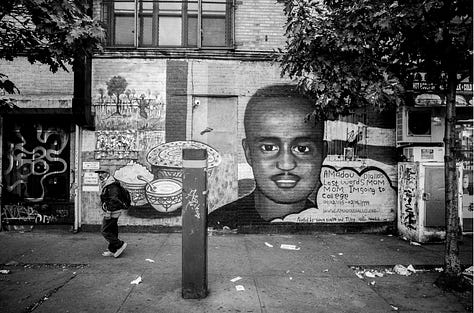
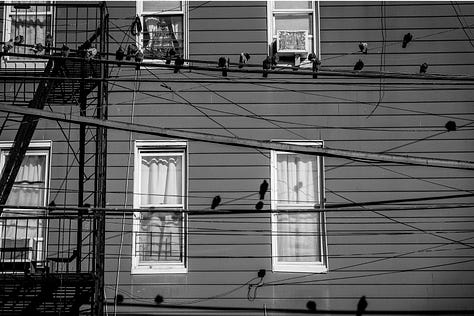
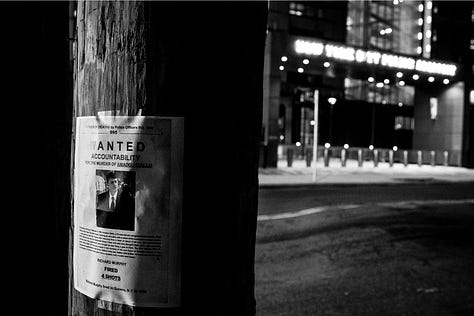
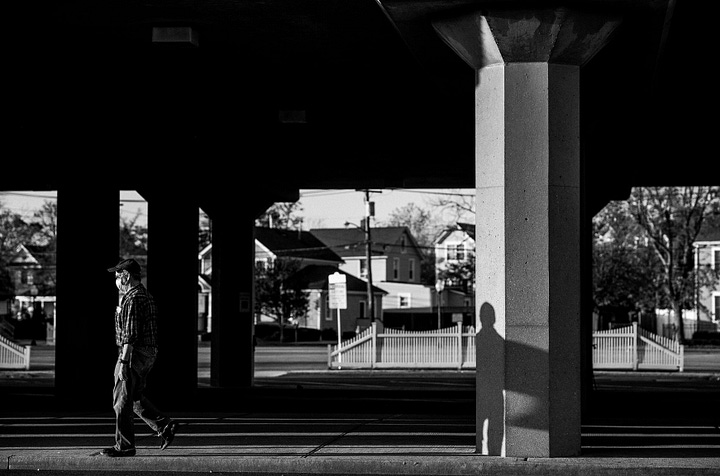
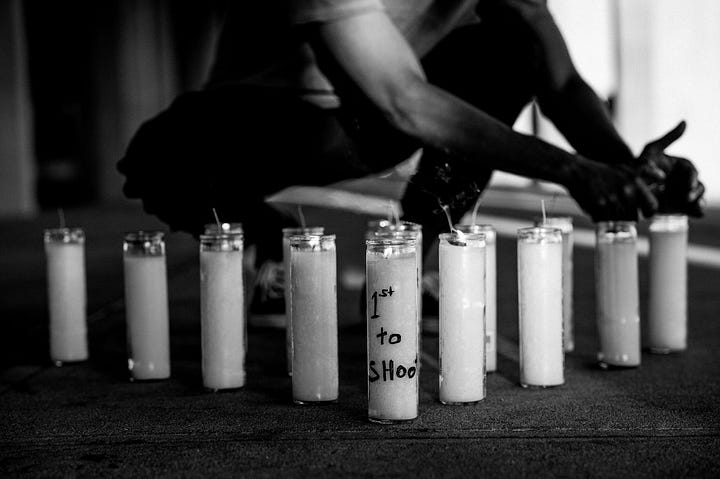
In addition to being a photographer, Irby, who lives in Brooklyn, is co-owner, co-founder, & director of Street Dreams Magazine.
ODDS AND END
Joel Meyerowitz and Sonia Sotomayor aren't the only notable personalities with roots in Soundview. Hip Hop pioneer Afrikaa Bambaataa grew up in the Bronx River Houses.
Painter Marcus Jansen grew up in the Lafayette Boynton Apartments.
Pulitzer Prize-winning cartoonist and illustrator of The Phantom Tollbooth, Jules Feiffer, also grew up in the neighborhood.
Feiffer, who has been called one of the greatest satirical and political cartoonists of all time, died just last week at the age of 95.
Phil Spector, one of the most successful and influential producers of the 1960s, working with artists from the Ronettes to the Ramones and responsible for the Wall of Sound, grew up on Manor Avenue.
Despite all his accomplishments, Spector will probably be most remembered by his conviction for the murder of Lana Clarkson in 2003. That and his penchant for outlandish wigs.
Finally, there is David Berkowitz, aka Son of Sam, undoubtedly Soundview’s most notorious former resident. The serial killer who terrorized the city in 1976 and 1977 grew up in Soundview and attended P.S. 77 and JHS 123.
When I saw “asses up” among the list of games enumerated in Joel’s recollections above, I, of course, had to google it. It turns out I’ve played the game myself. My cousin, who used to force me to play the game, referred to it by its eighties name, Butts Up. The gist is that one person puts their hands on a wall and sticks out their butt (somehow, this was always me) while the other player (always my cousin) would throw a tennis ball with as much force as they could muster at their intended target. My cousin is very athletic. I hated this game. I think, if given the choice today, I would choose Candy Crush.
Speaking of coyotes, here is Joni Mitchell playing her song Coyote at Gordon Lightfoot's Home with Bob Dylan & Roger McGuinn in 1975. From Martin Scorsese’s documentary, Rolling Thunder Revue Live.

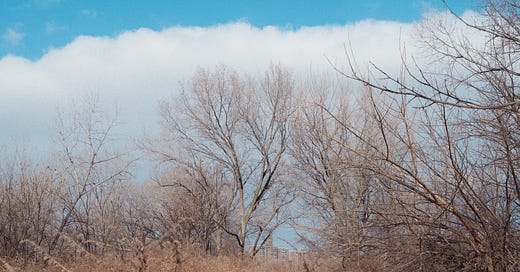



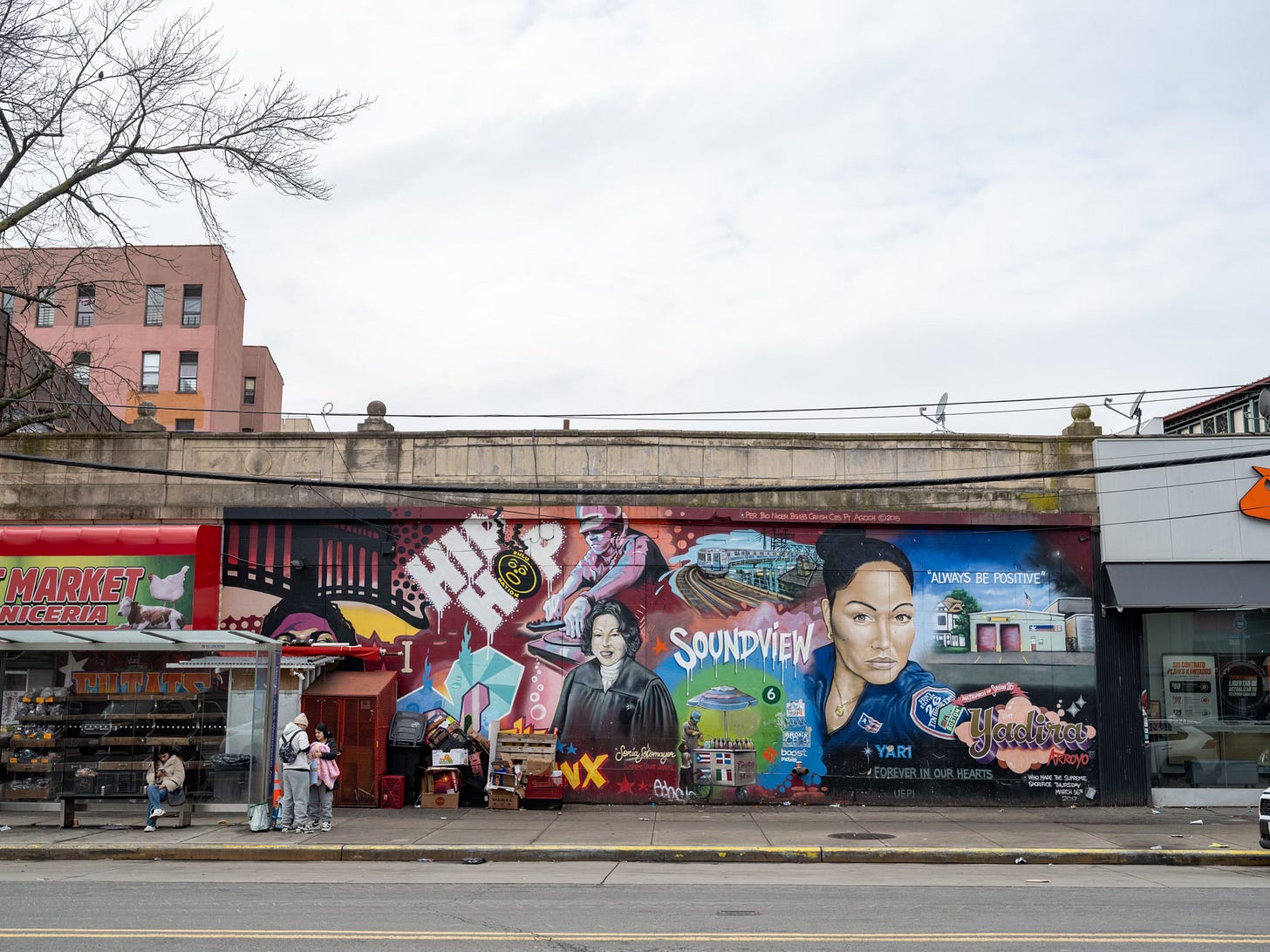
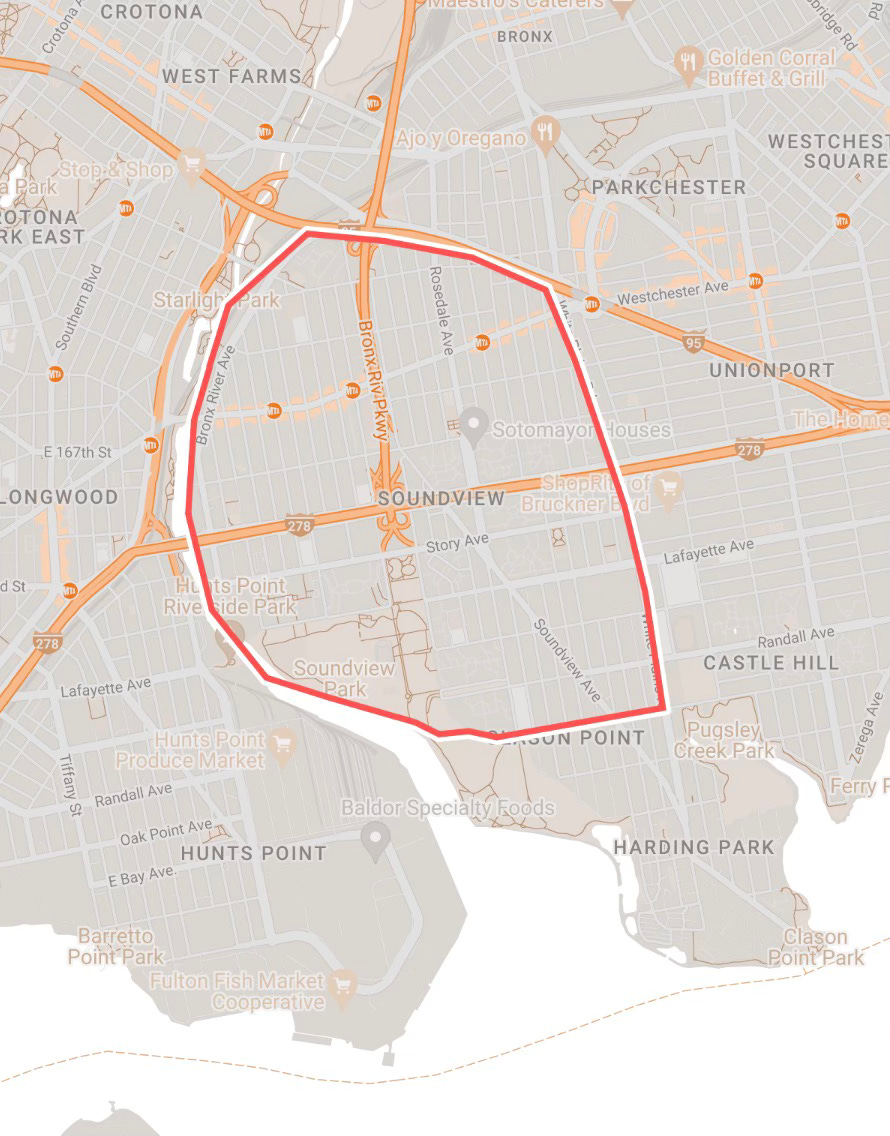
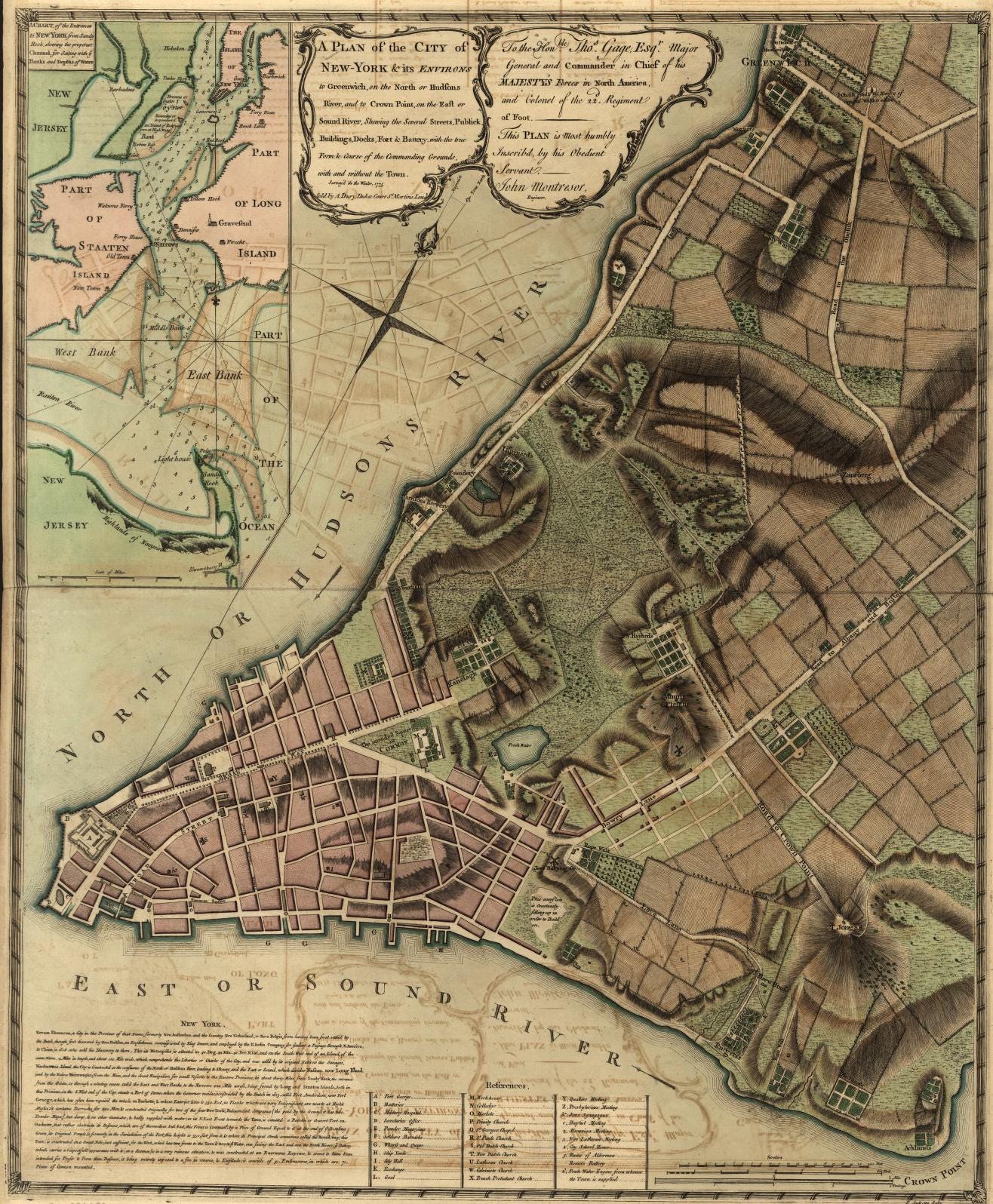


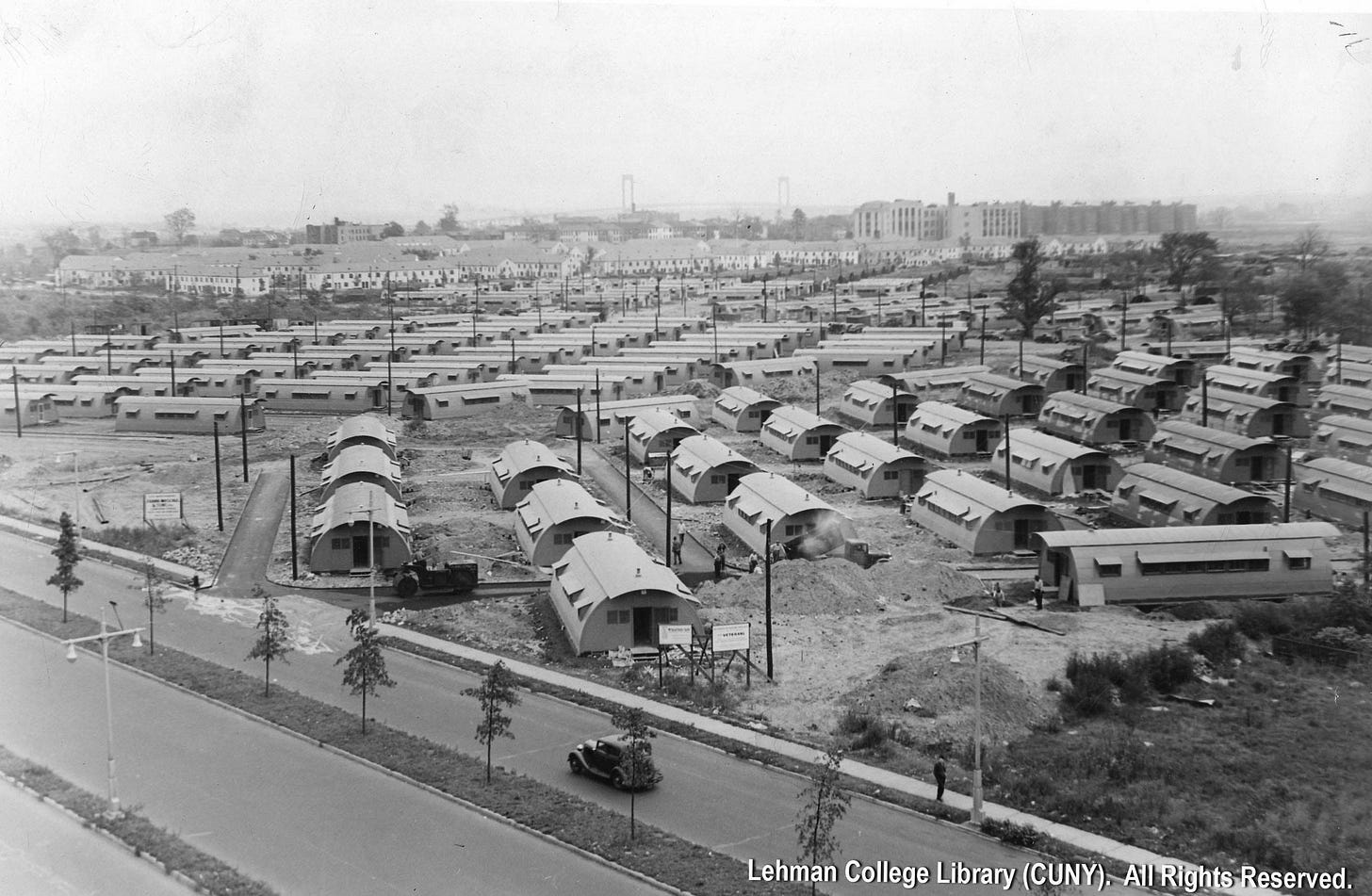
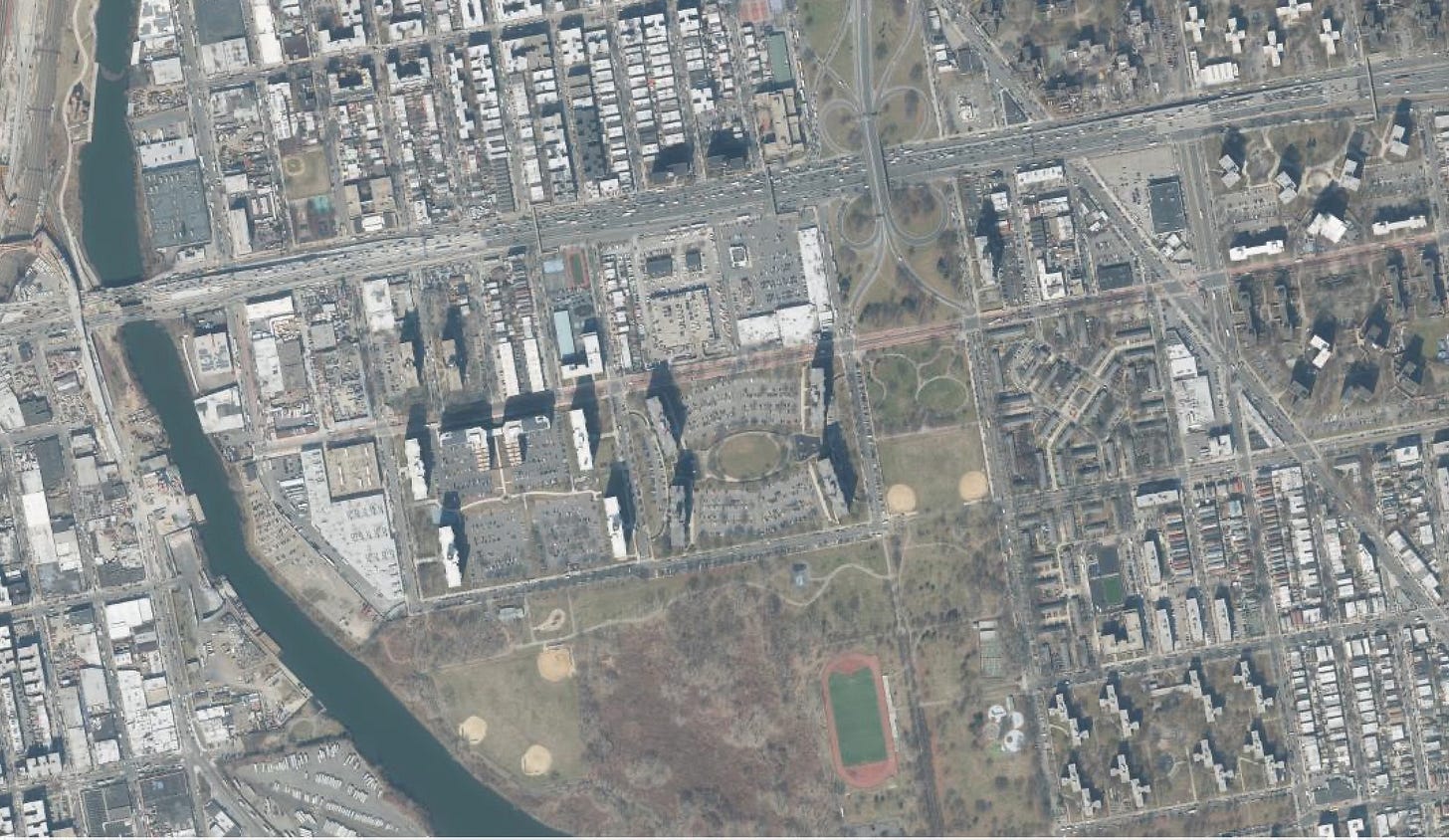
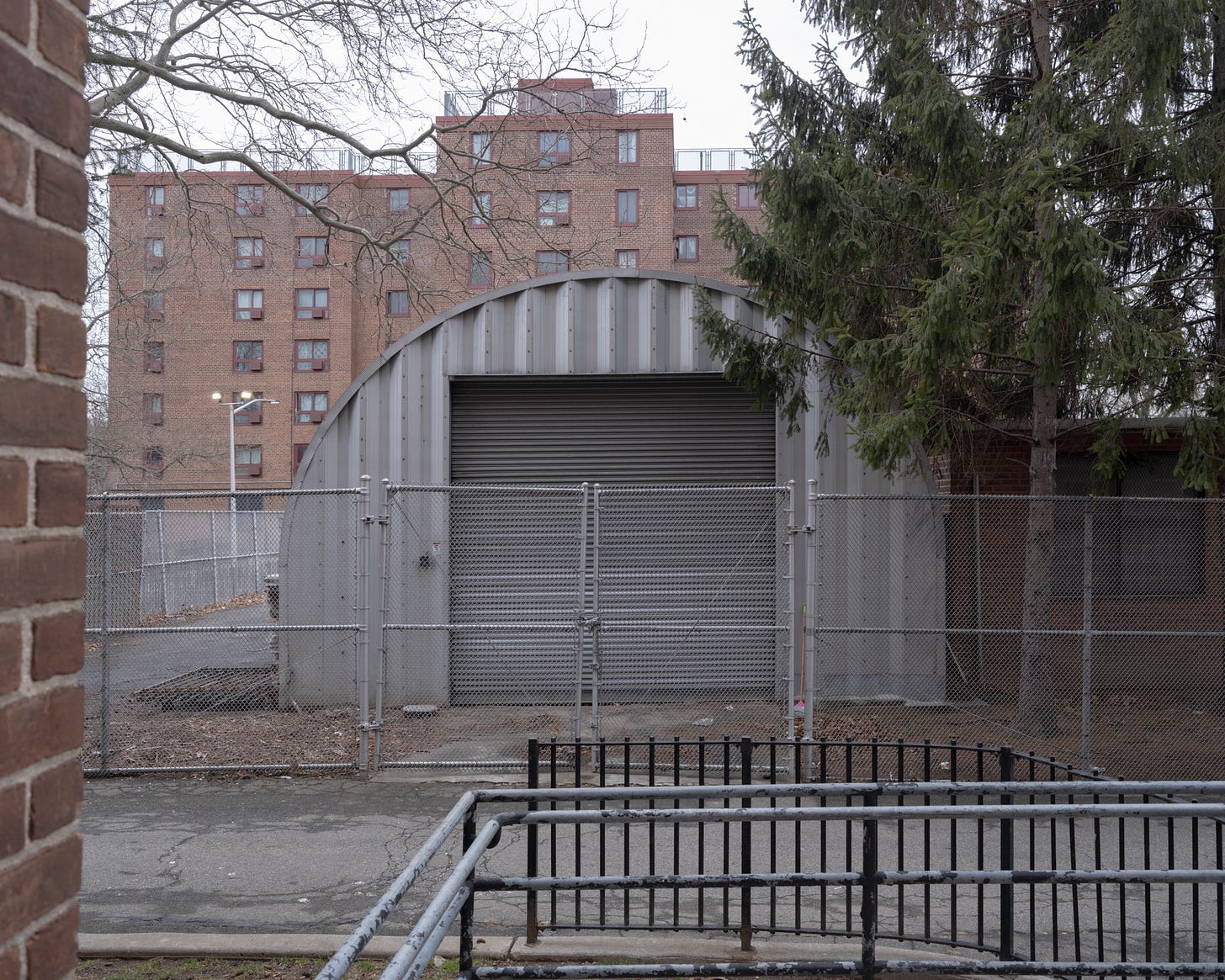
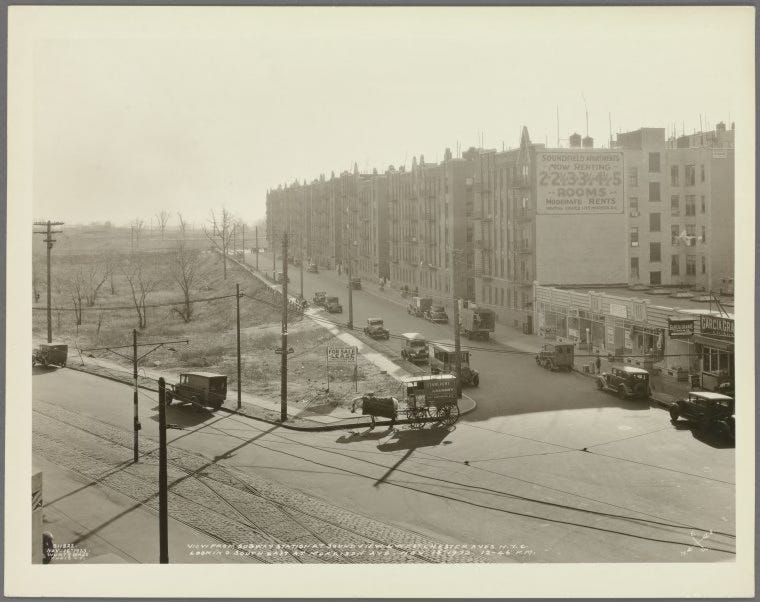
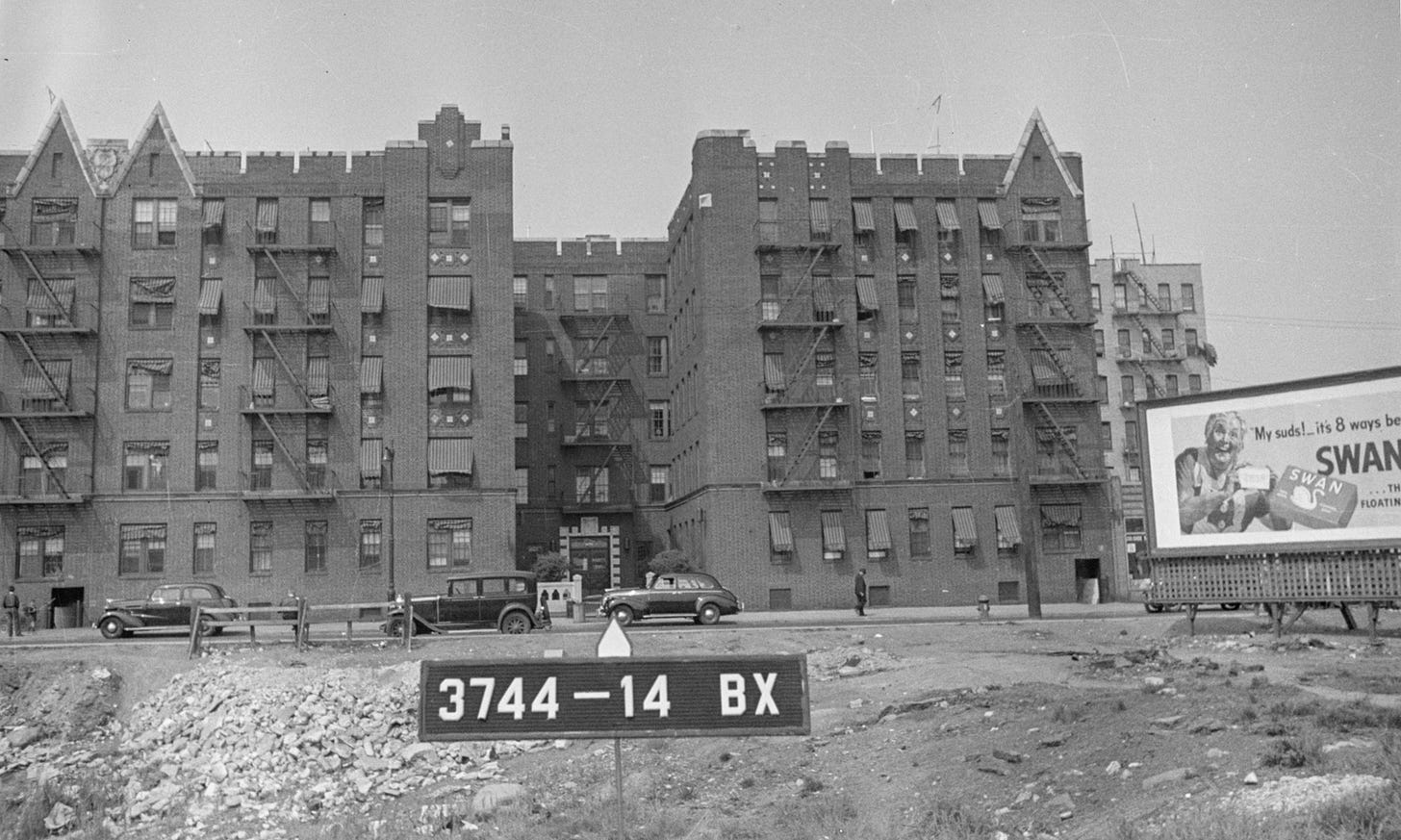
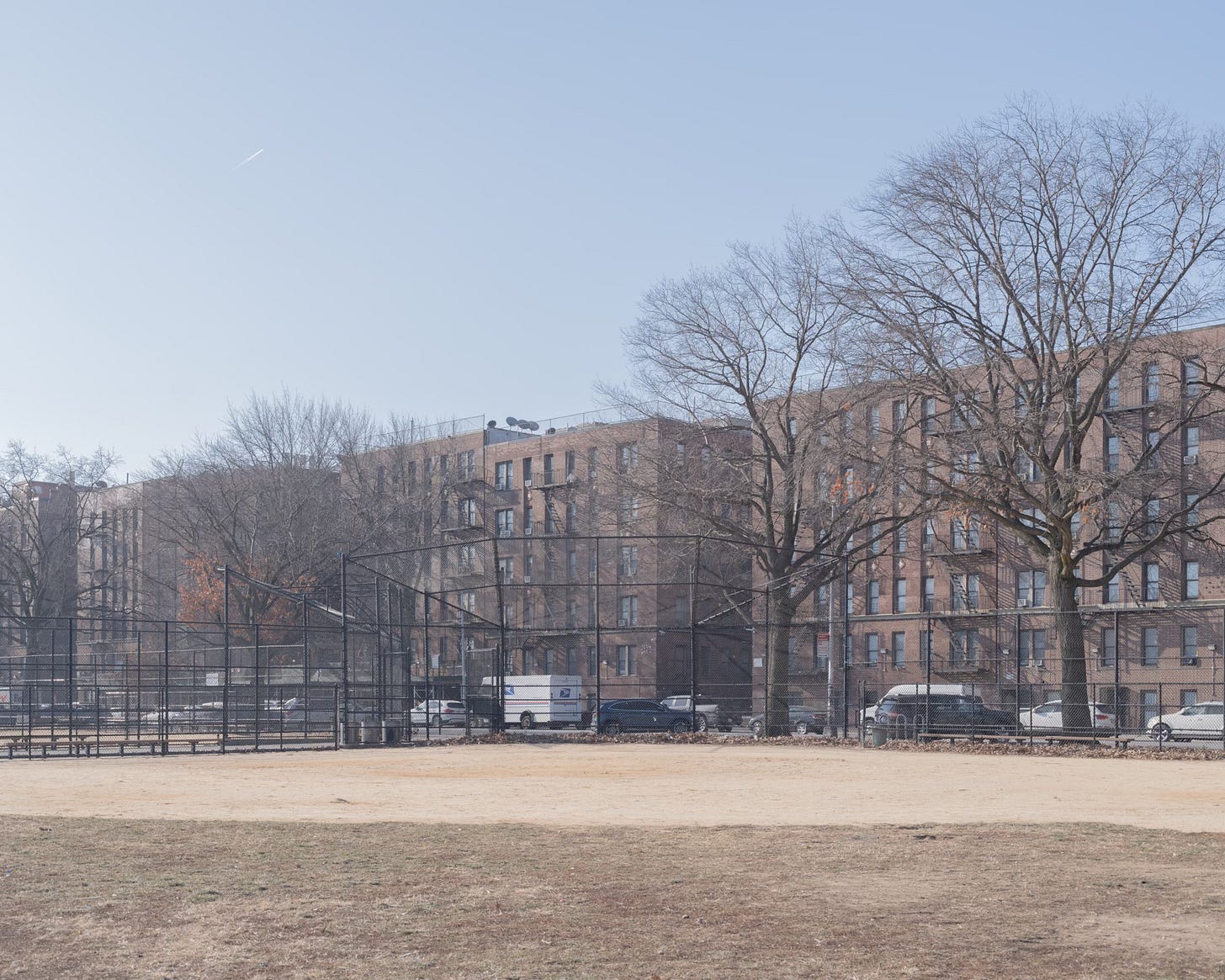

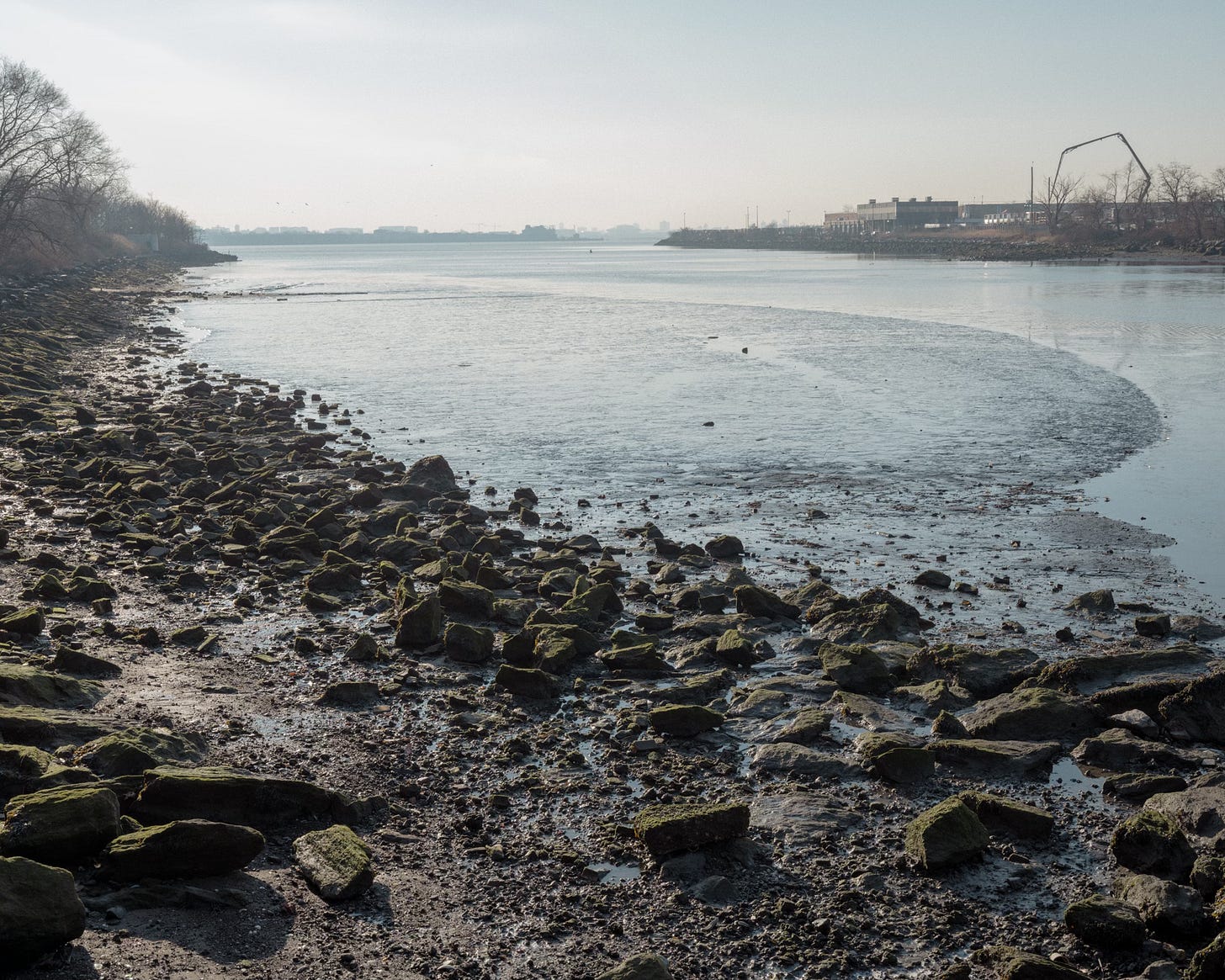
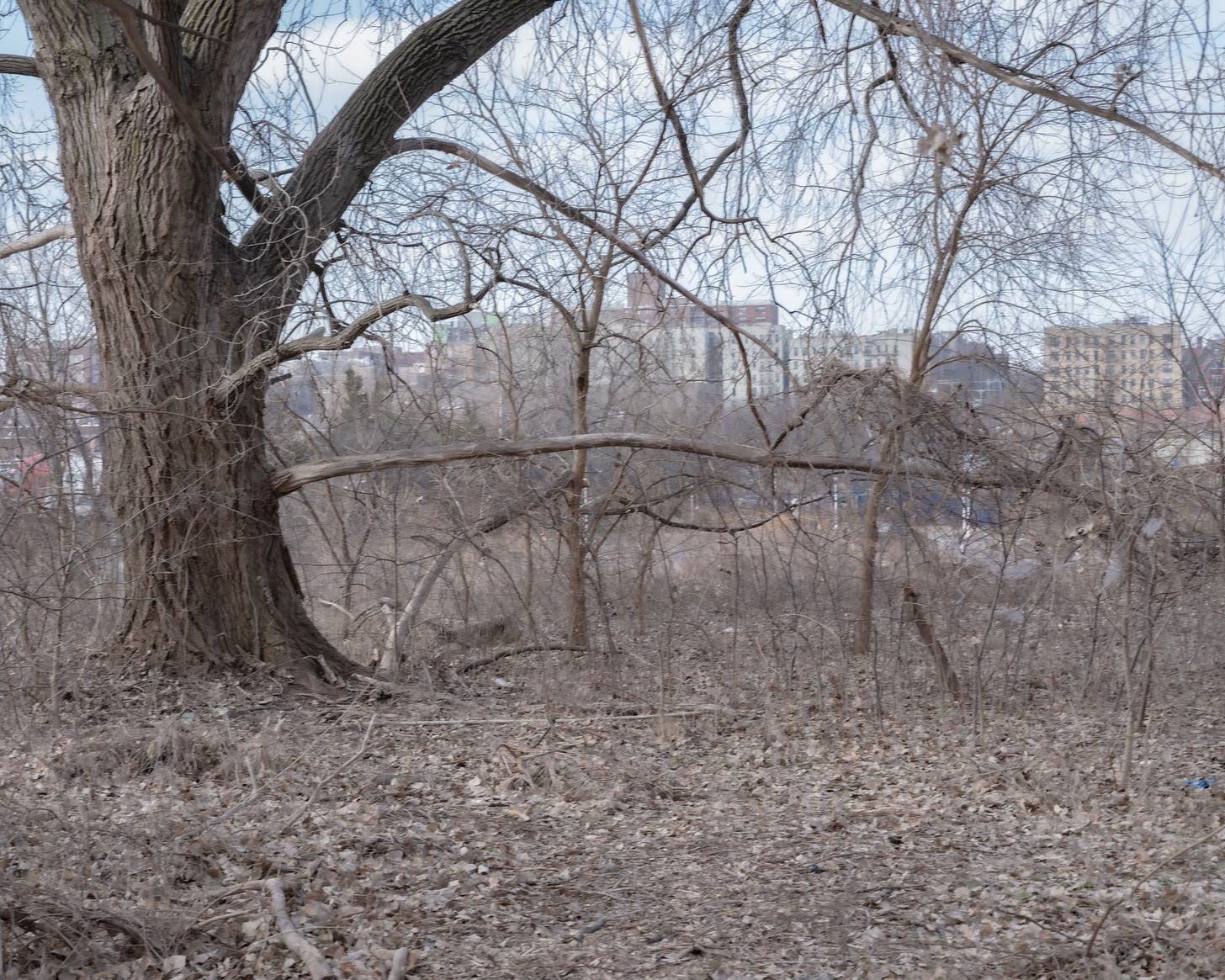
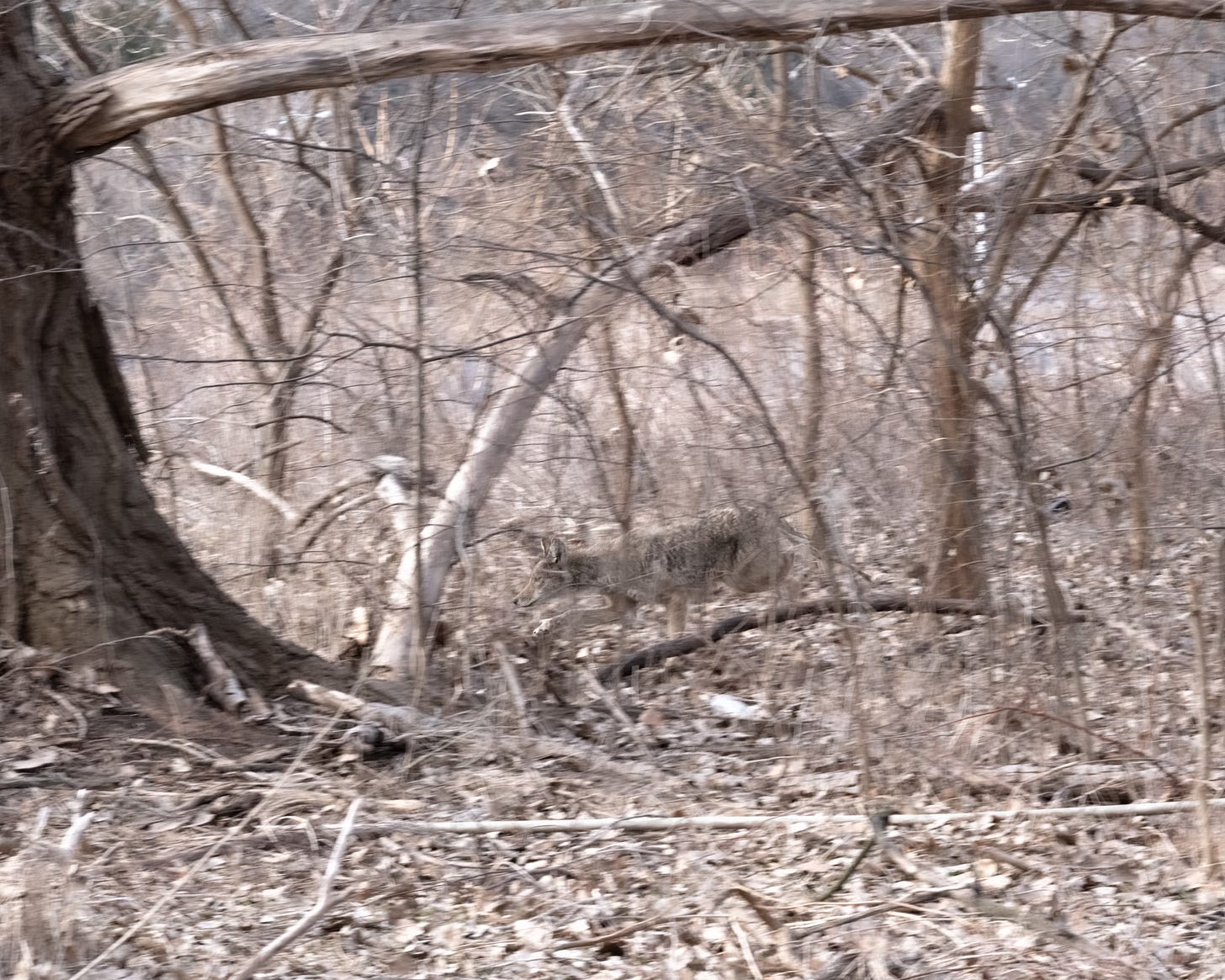
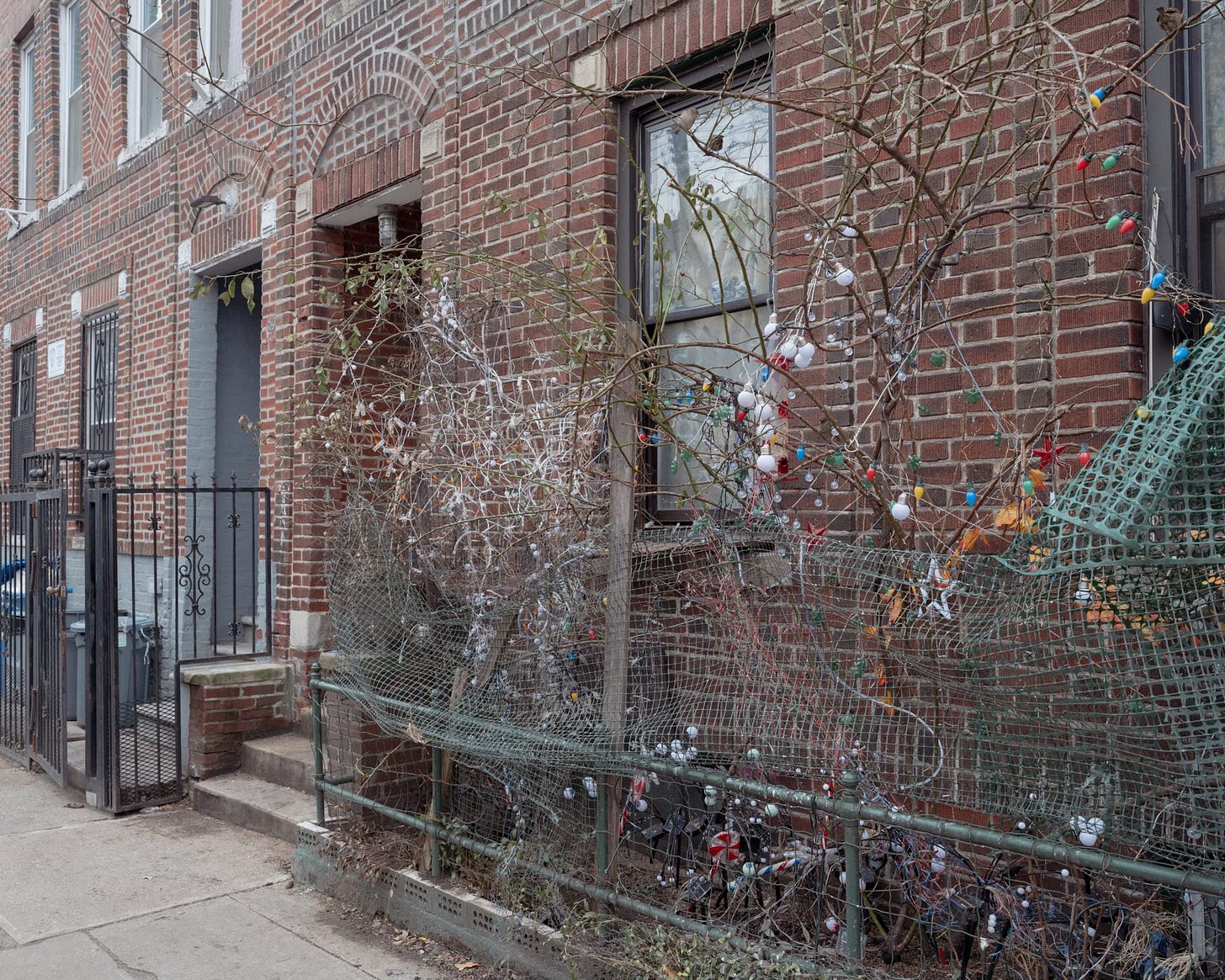
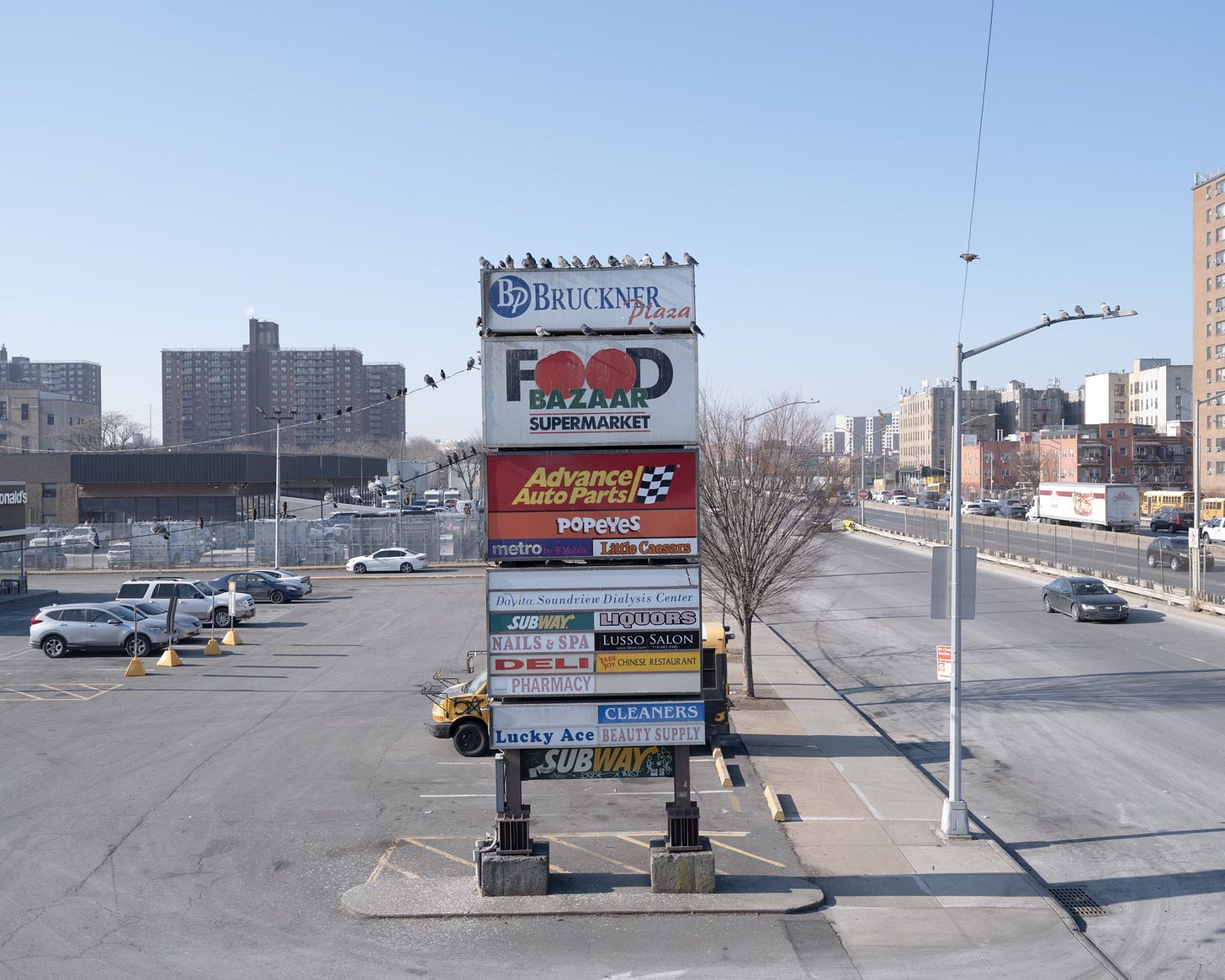
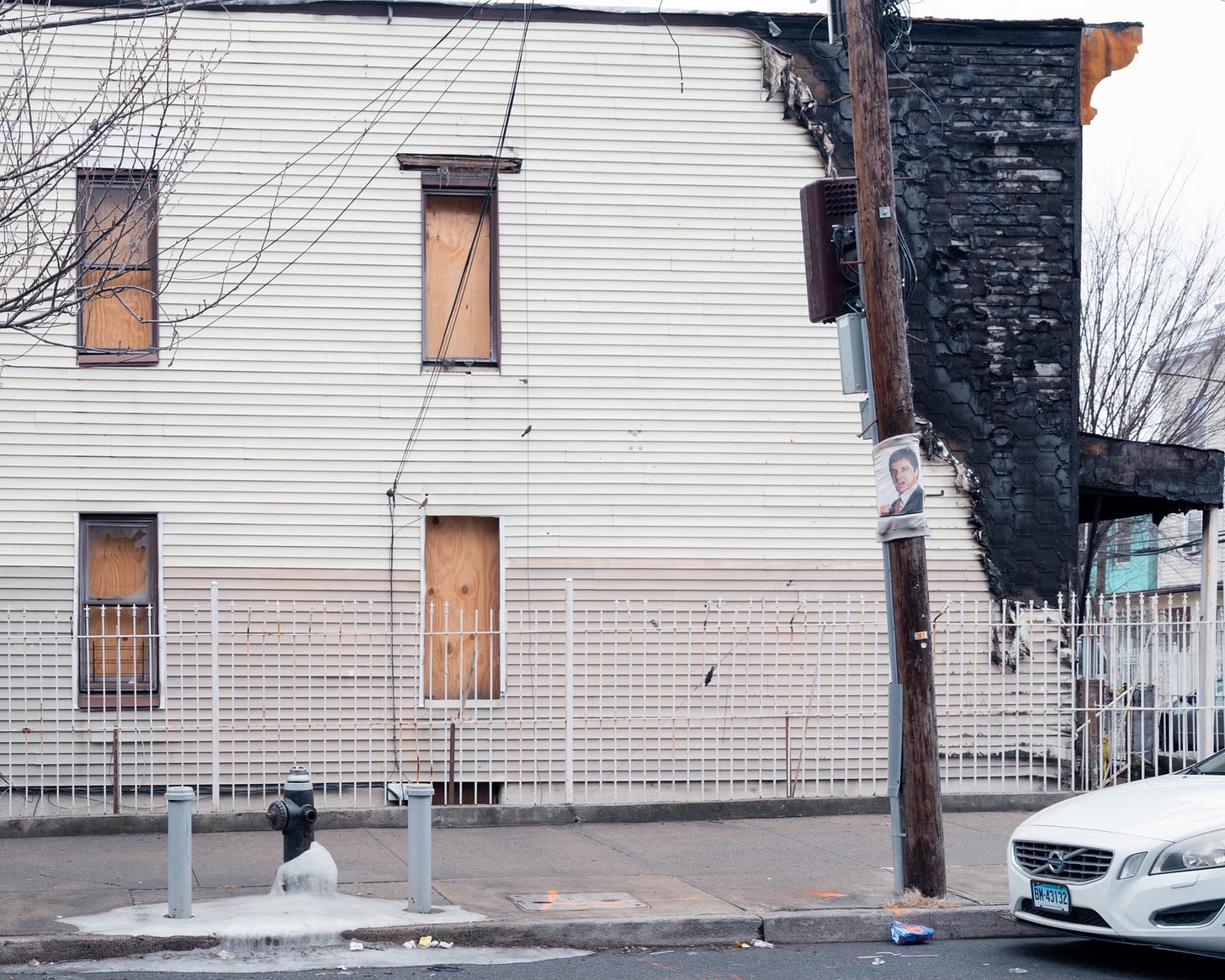
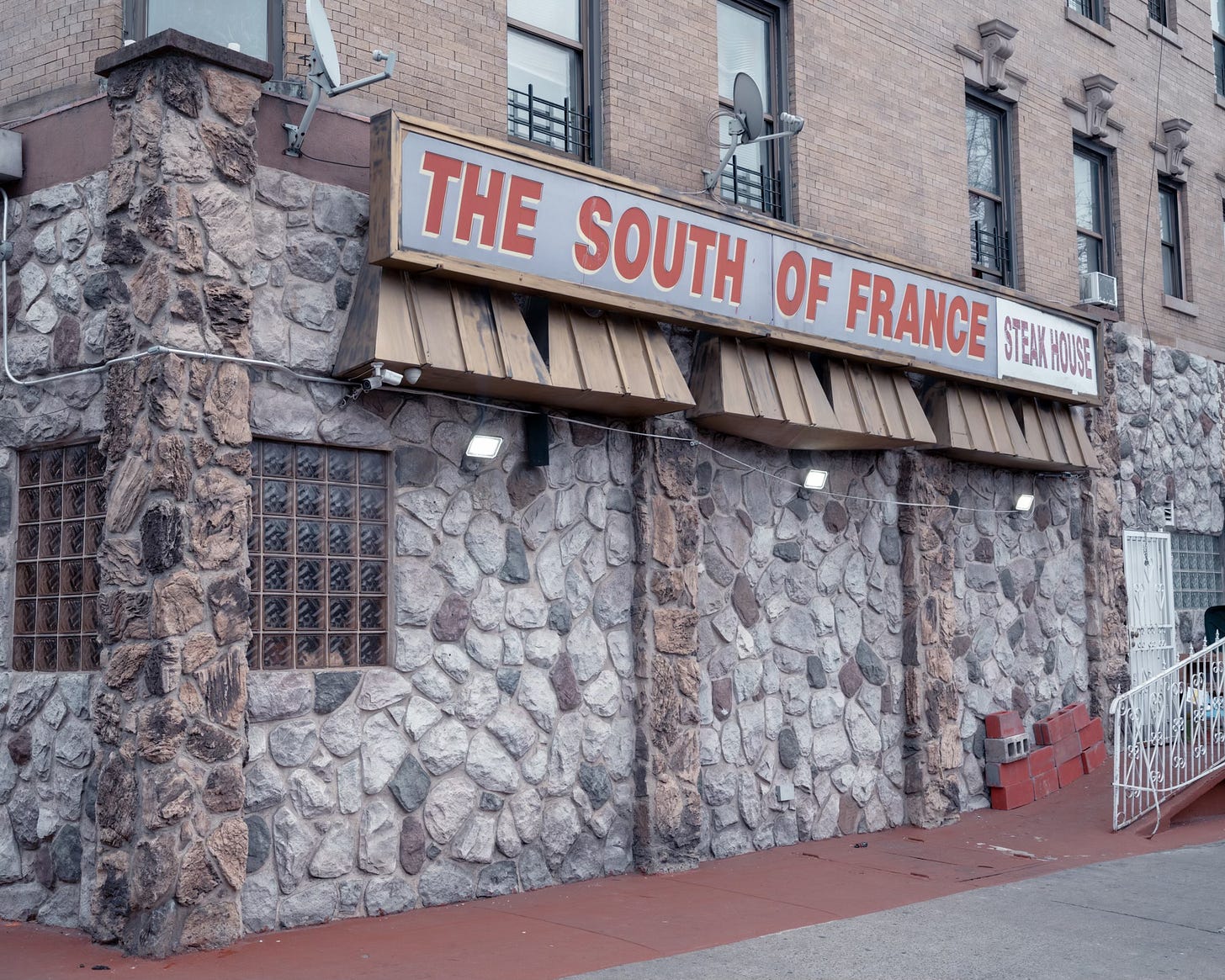
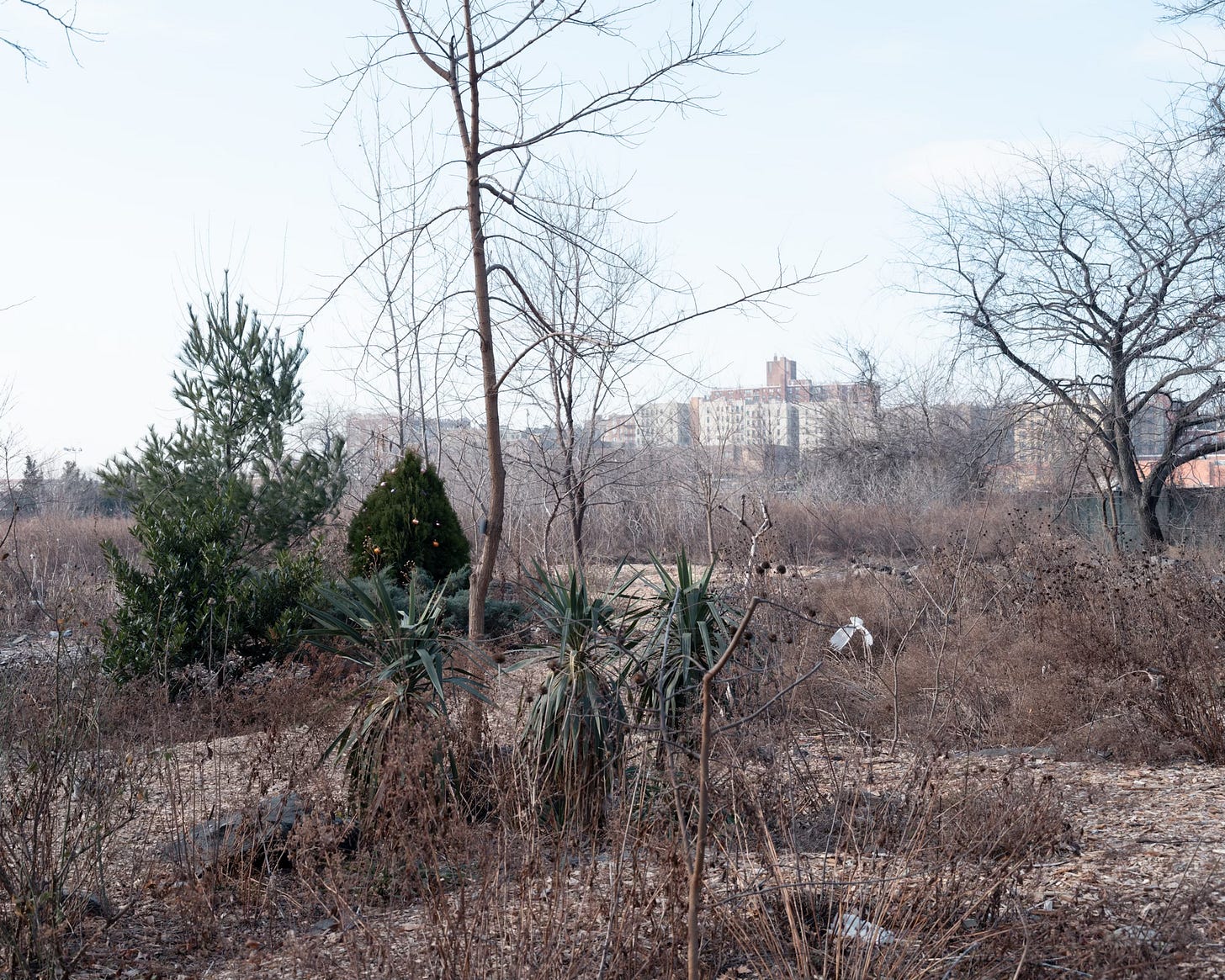
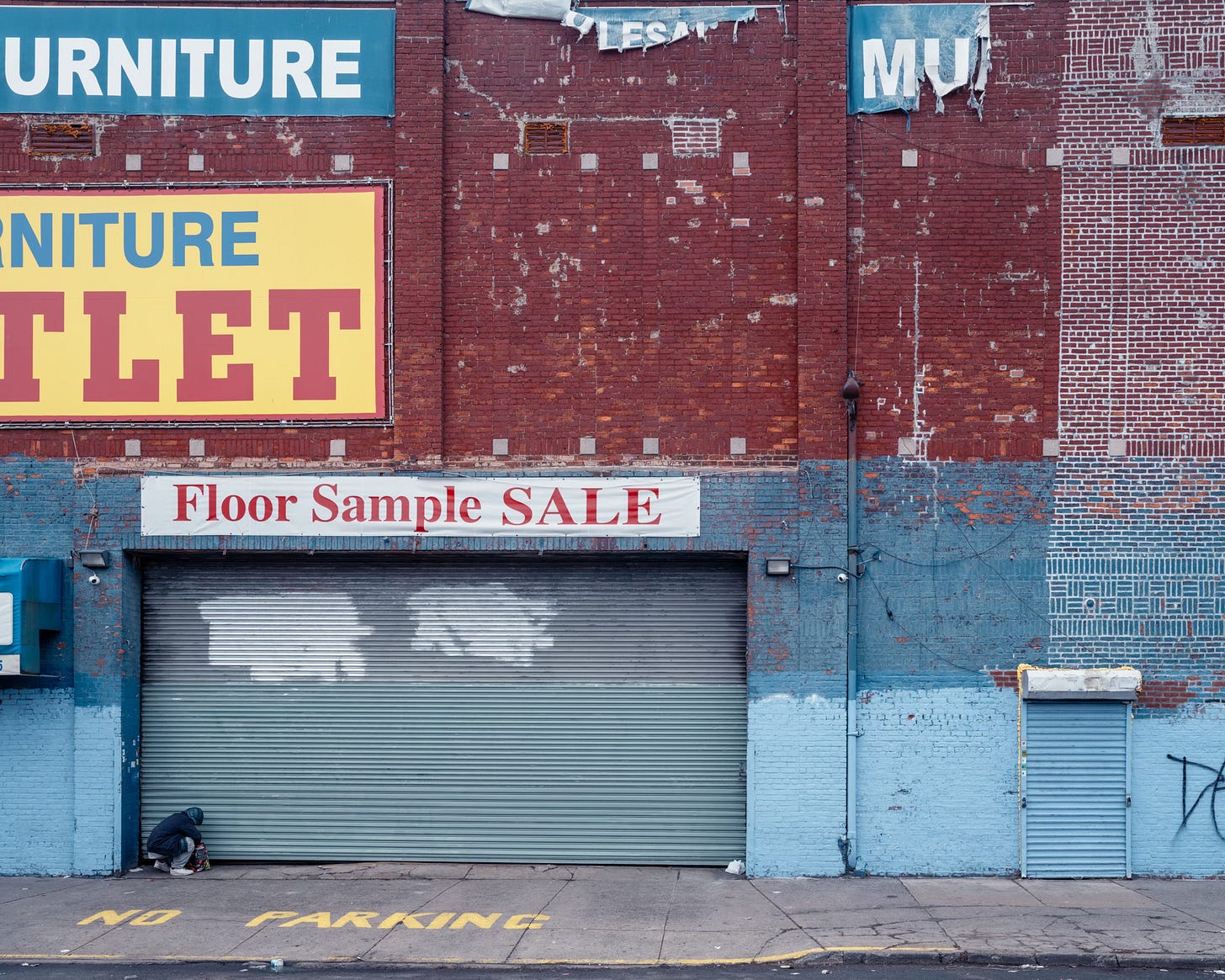
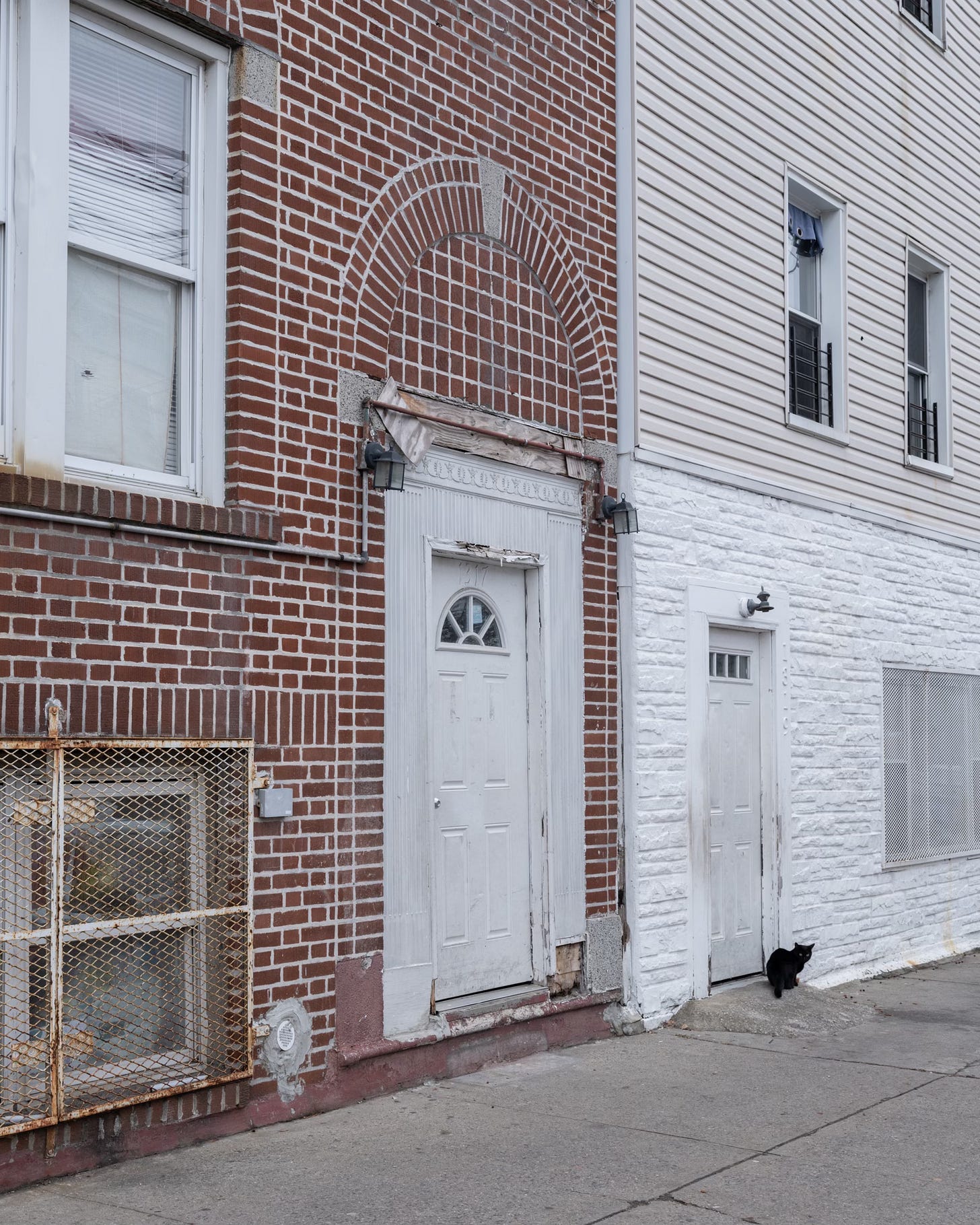
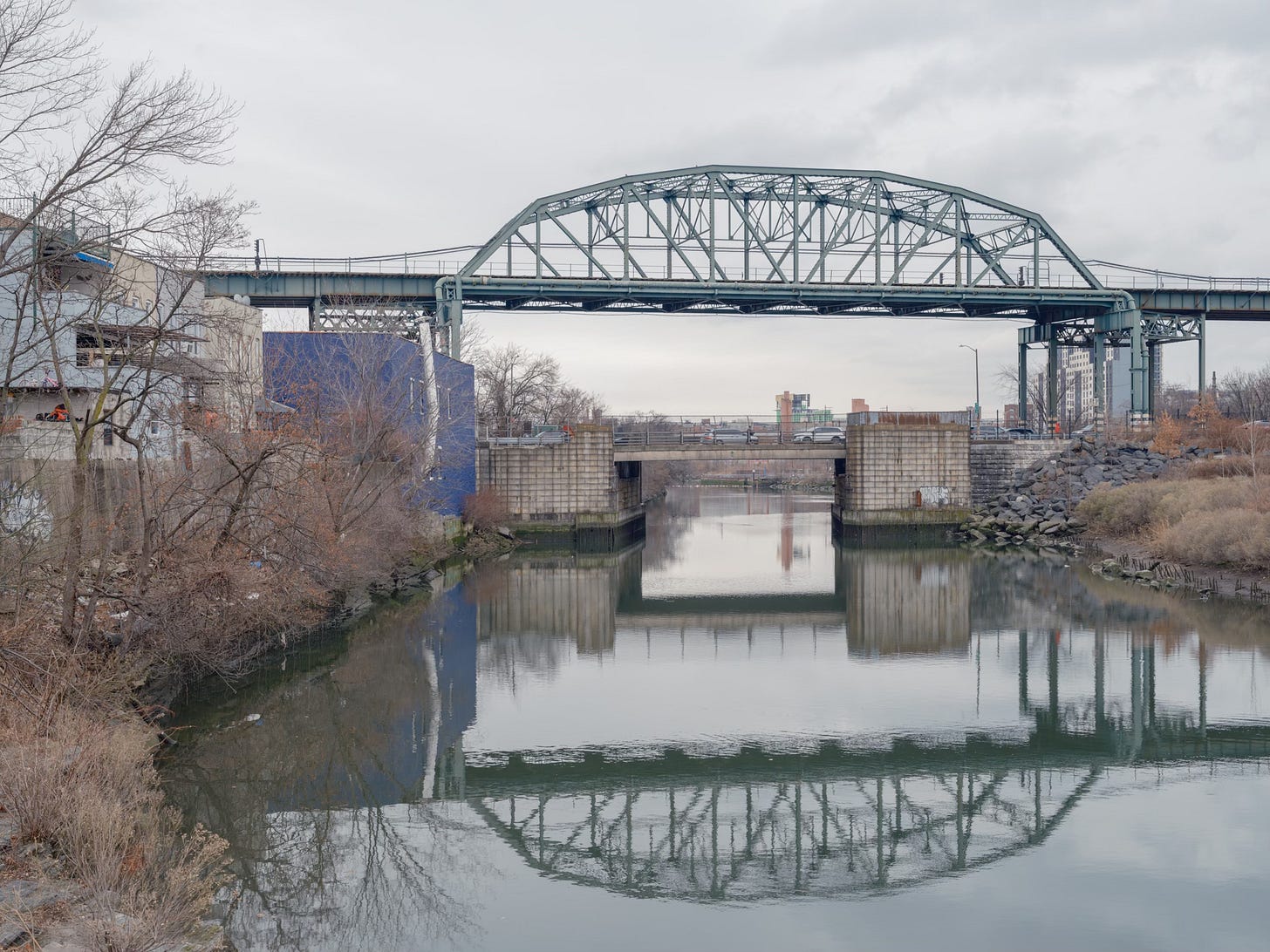
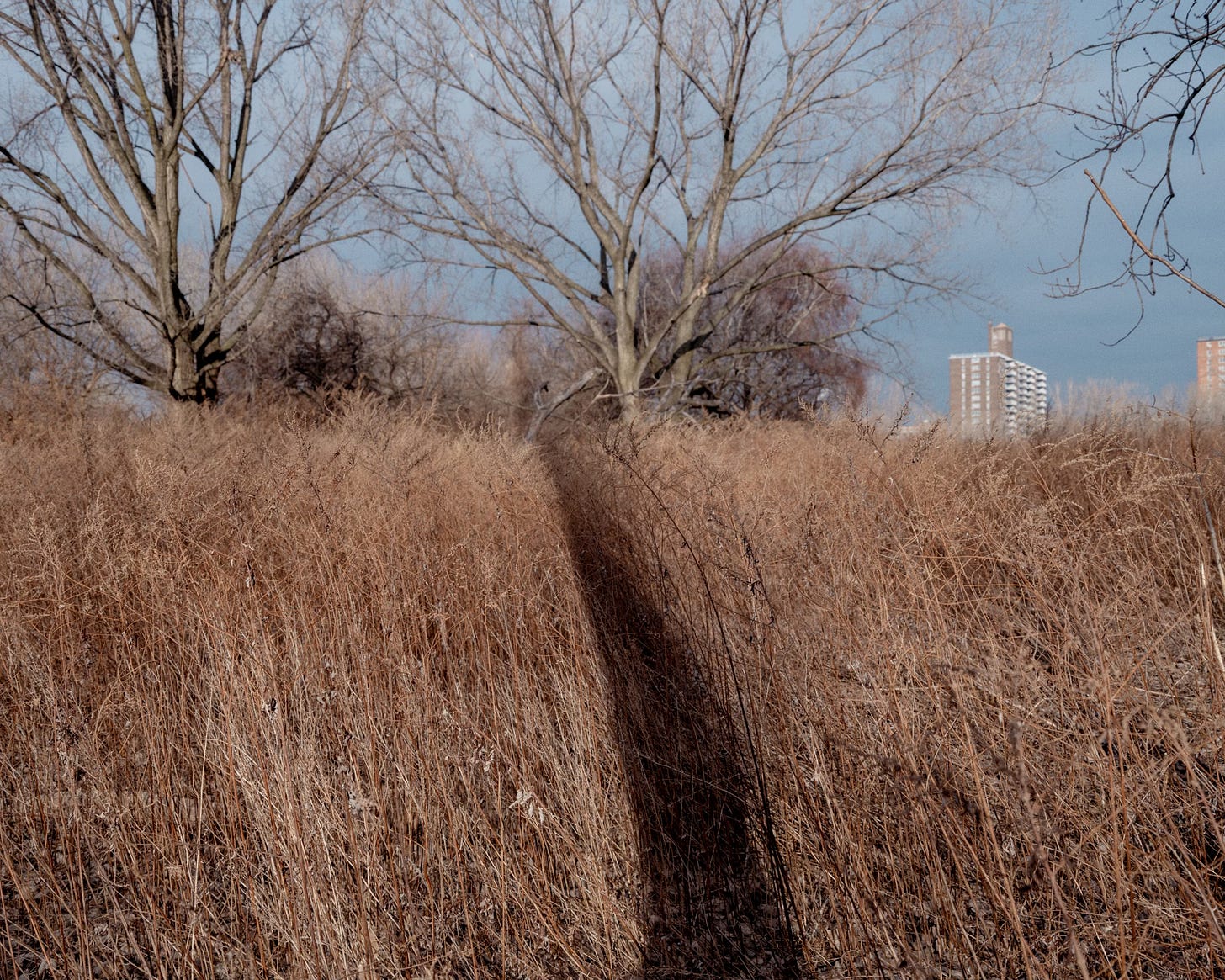
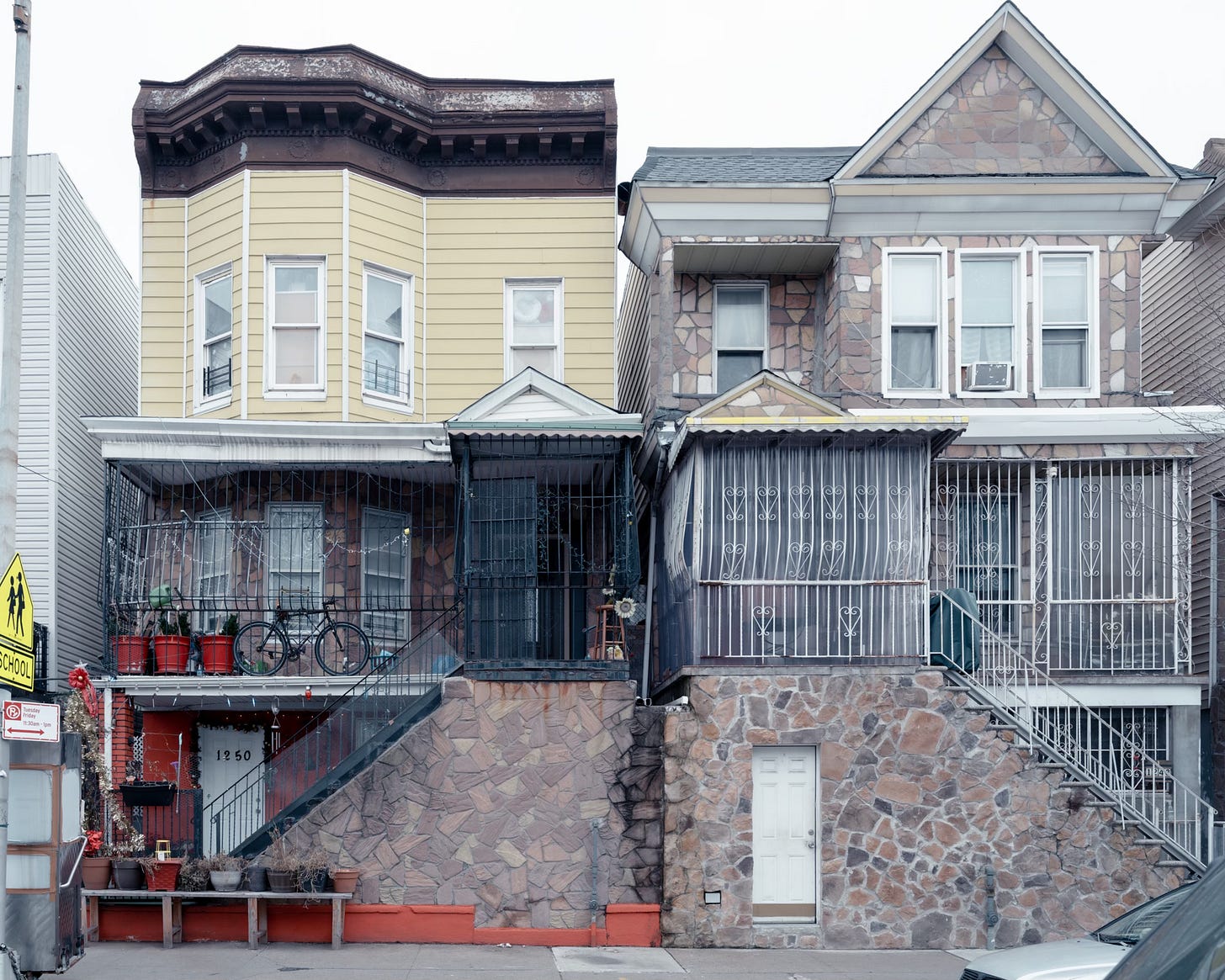
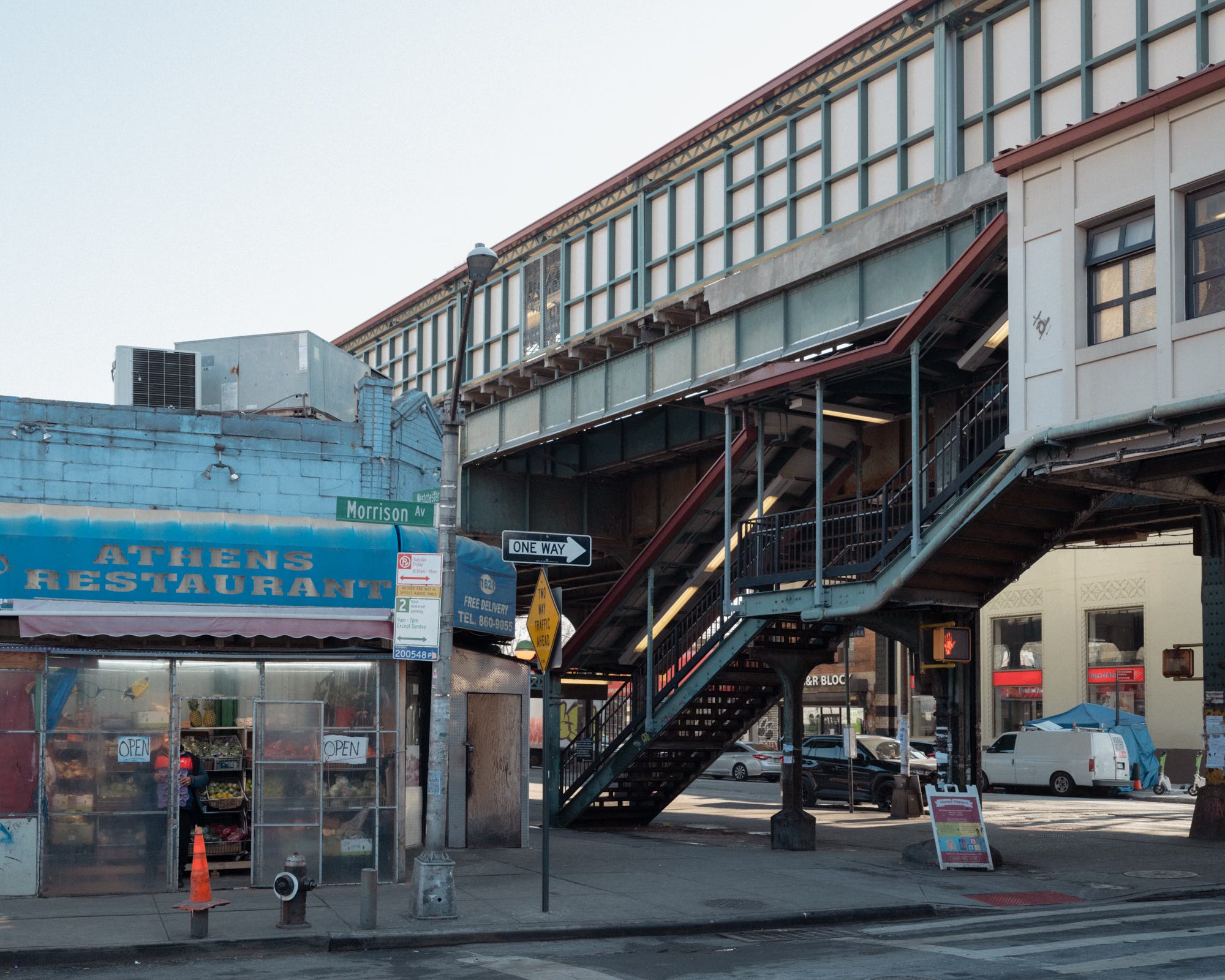
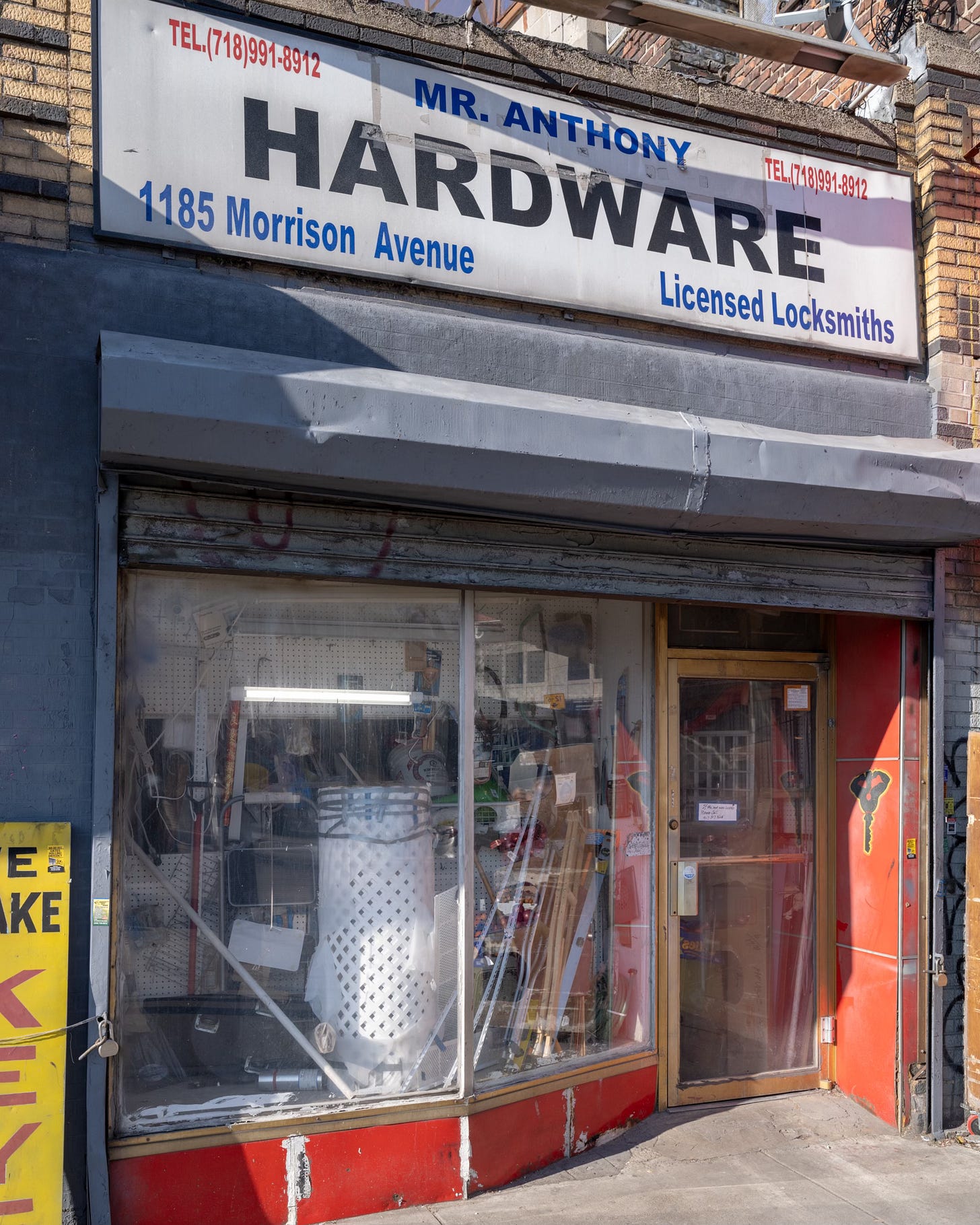
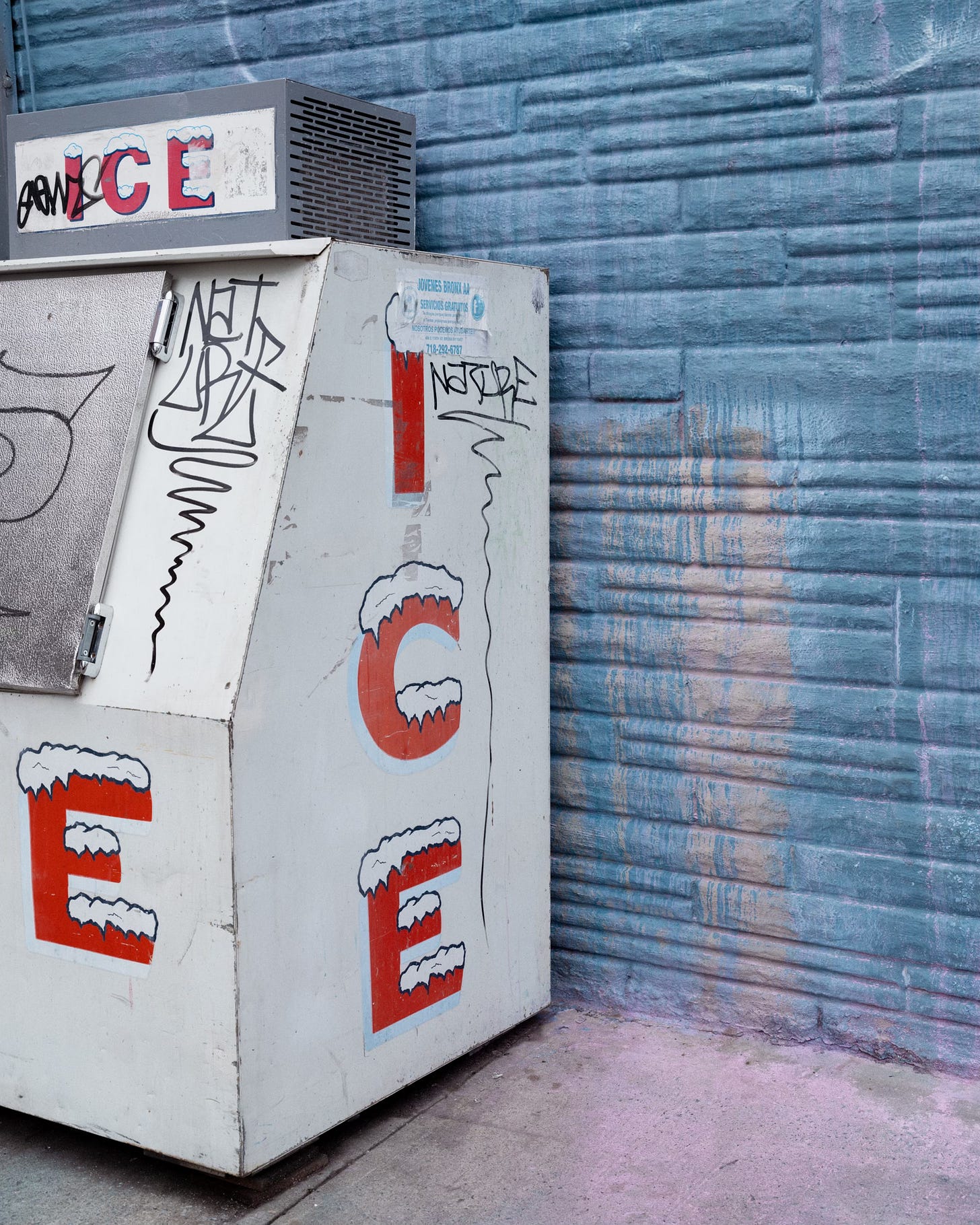
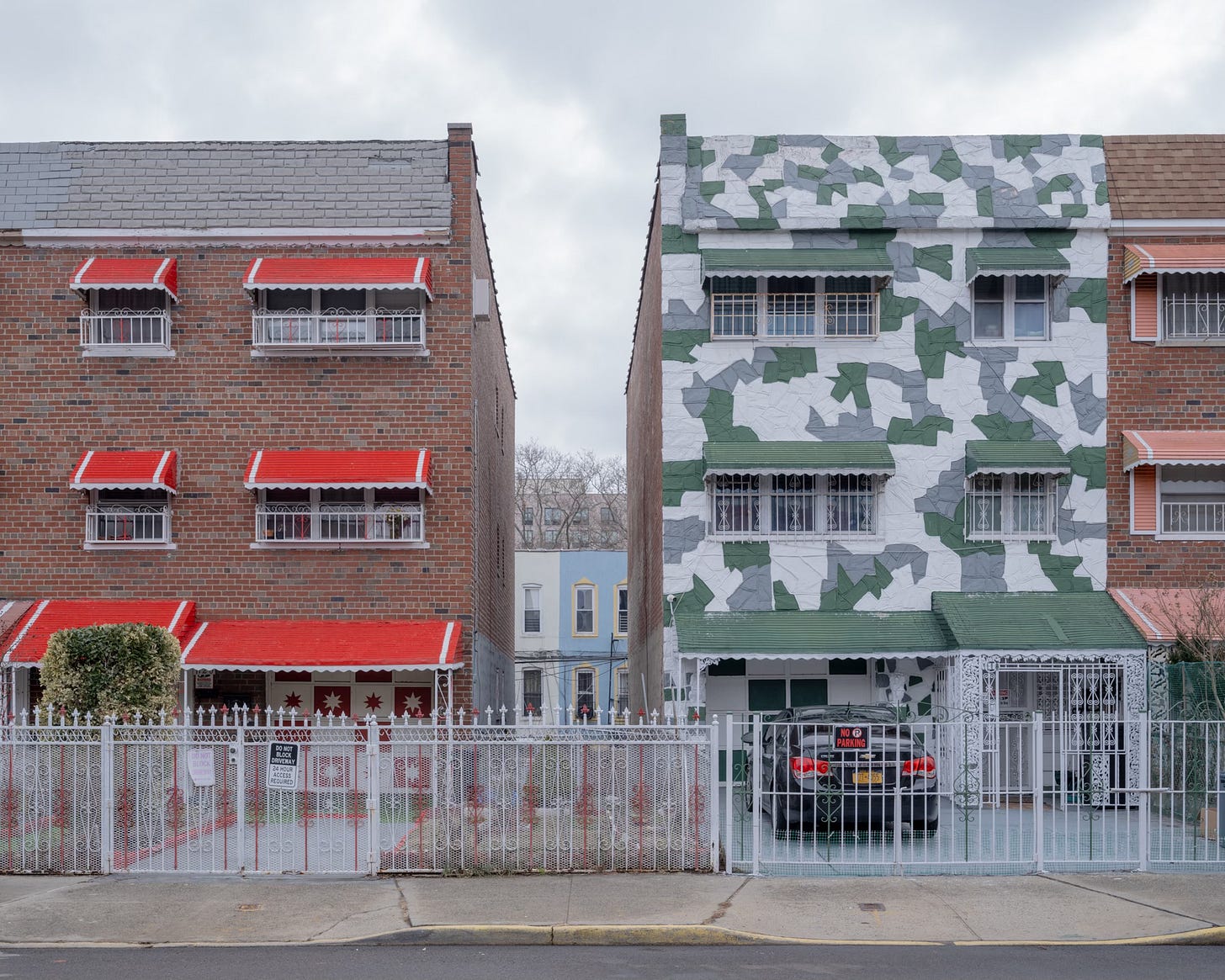
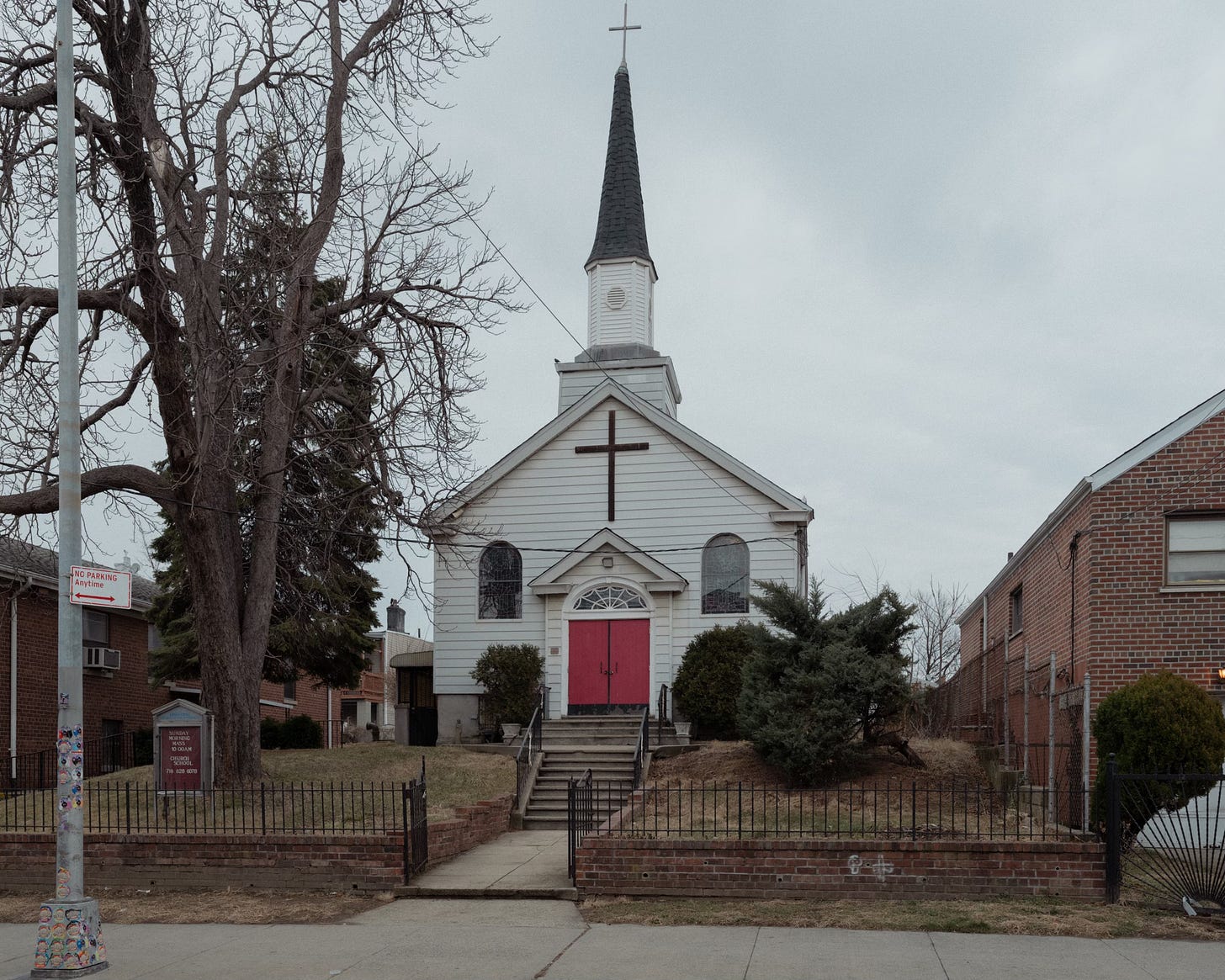
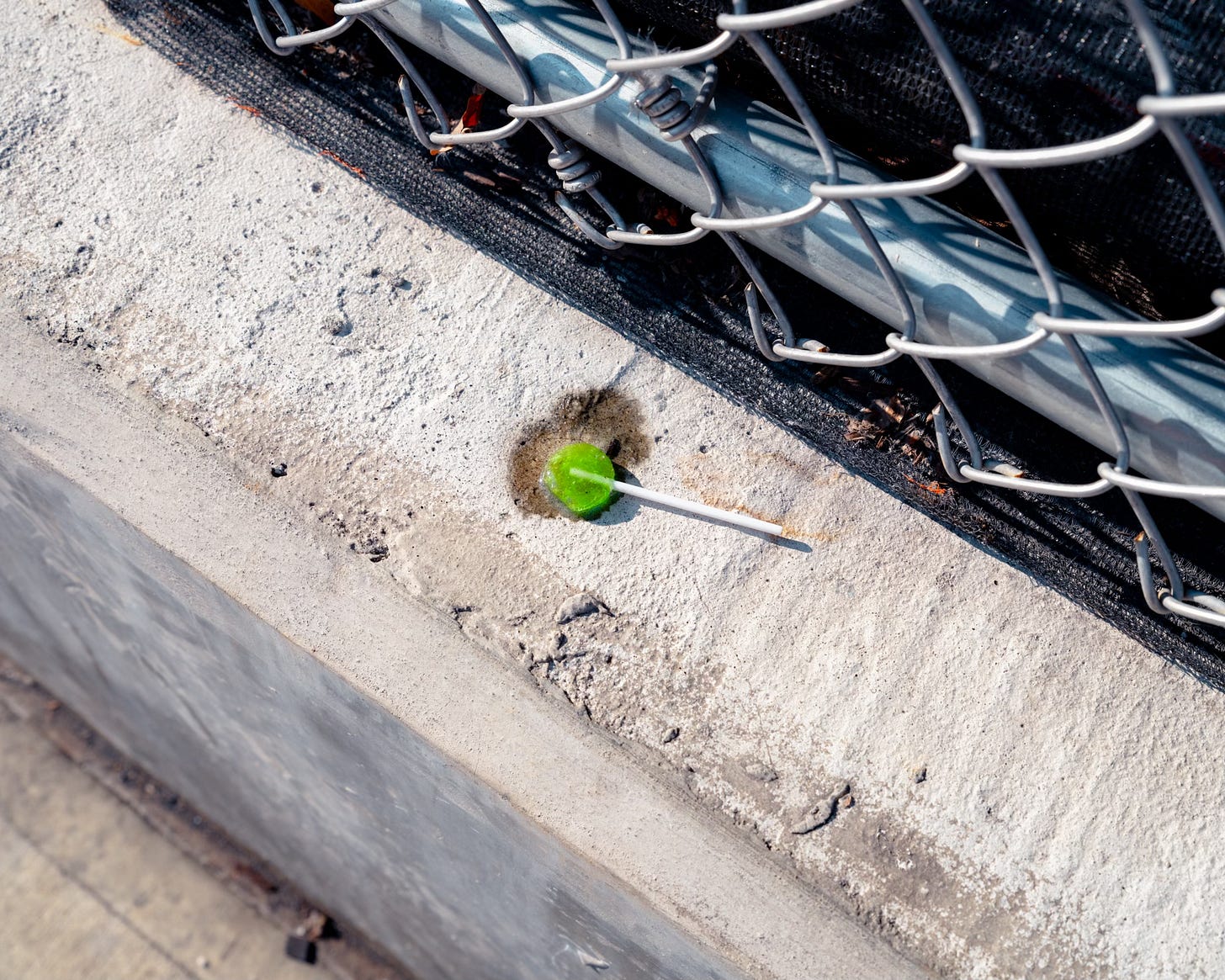
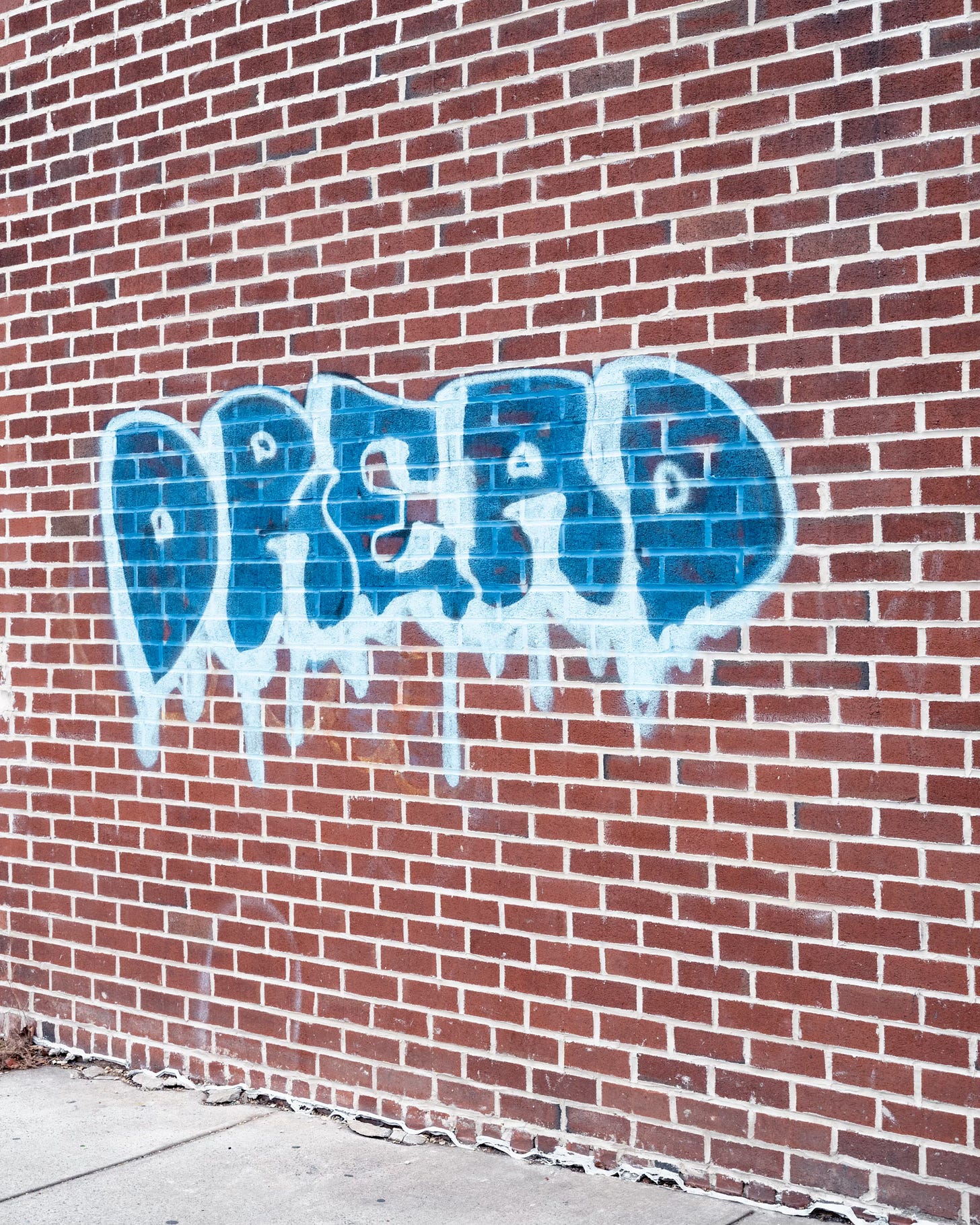
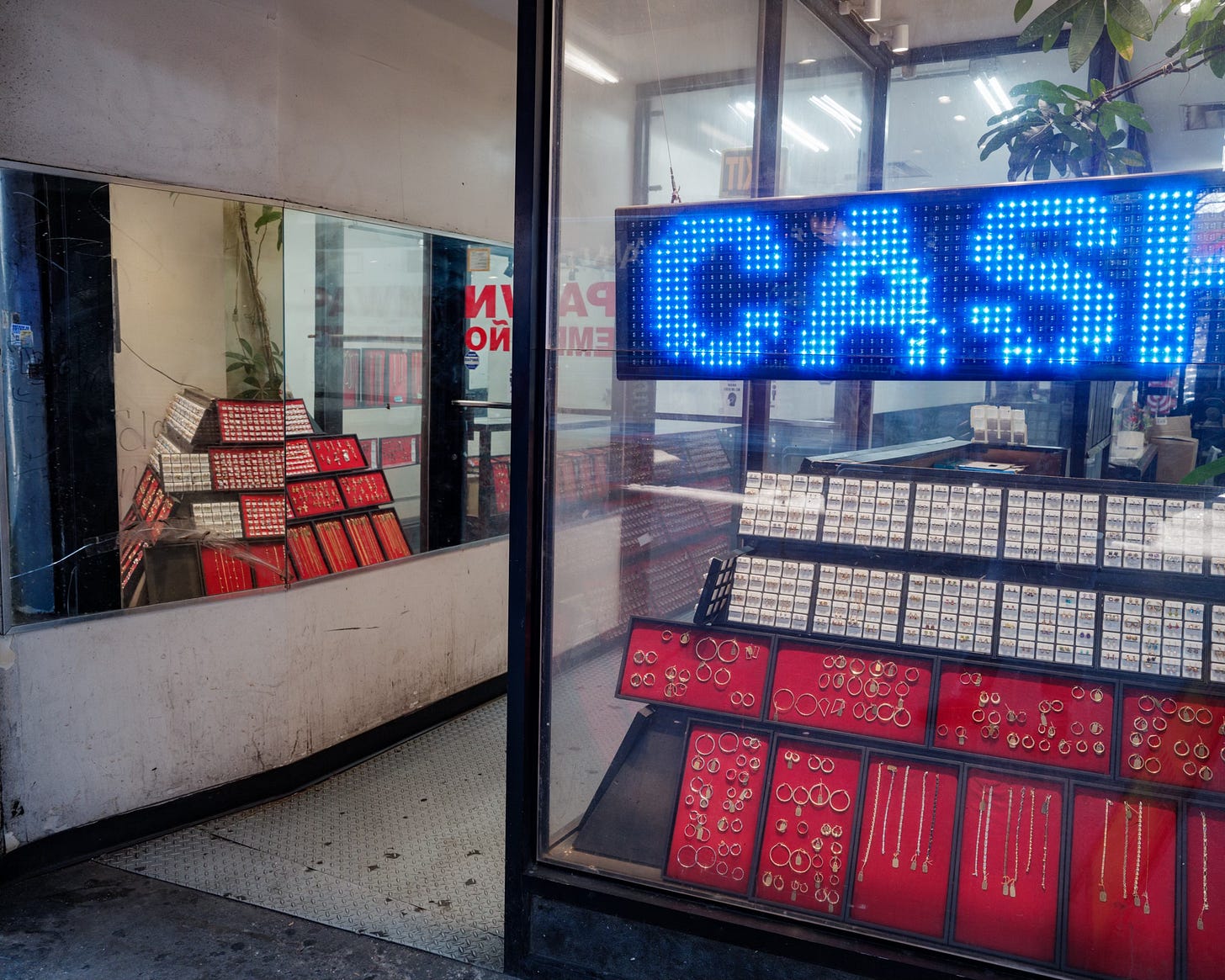
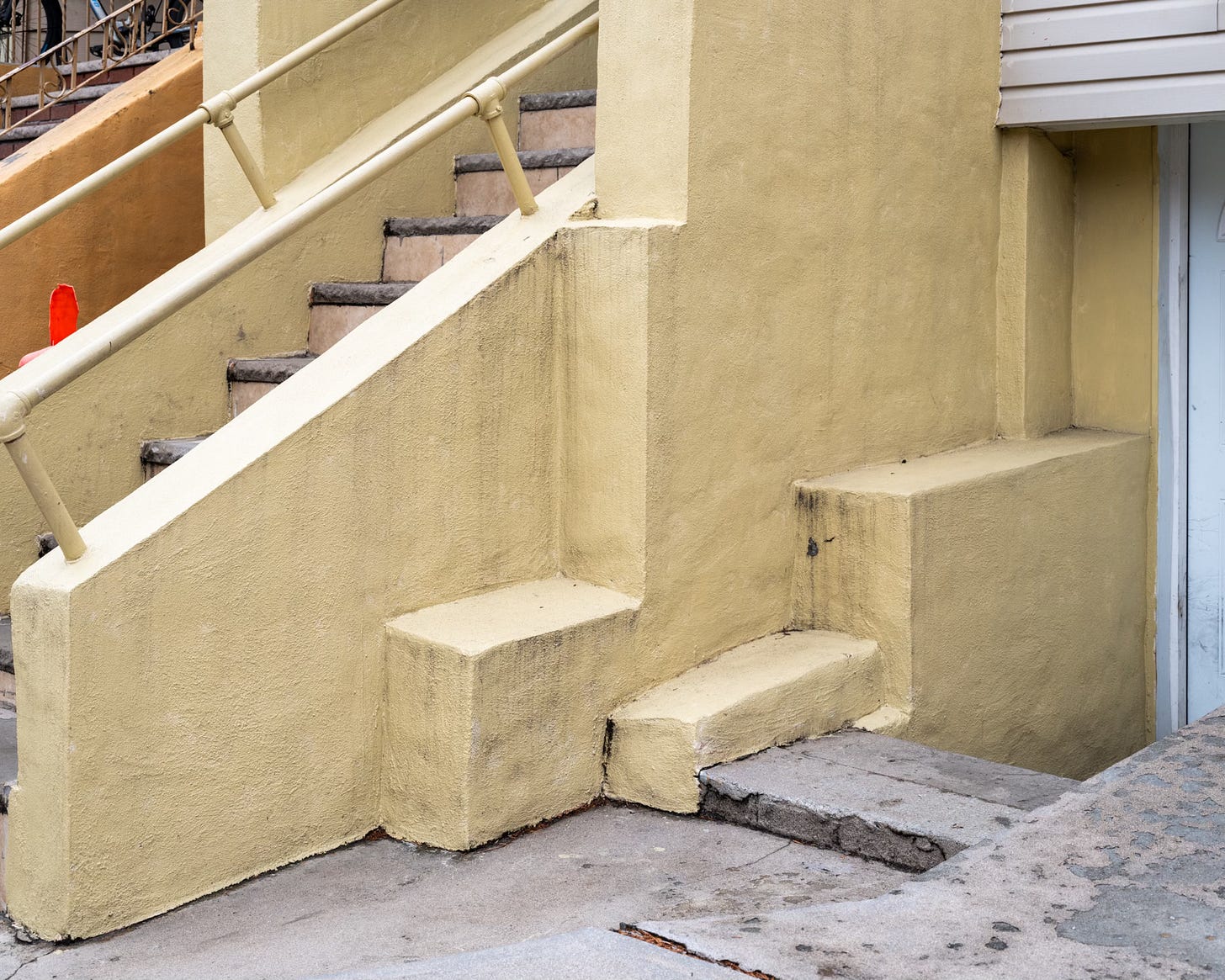
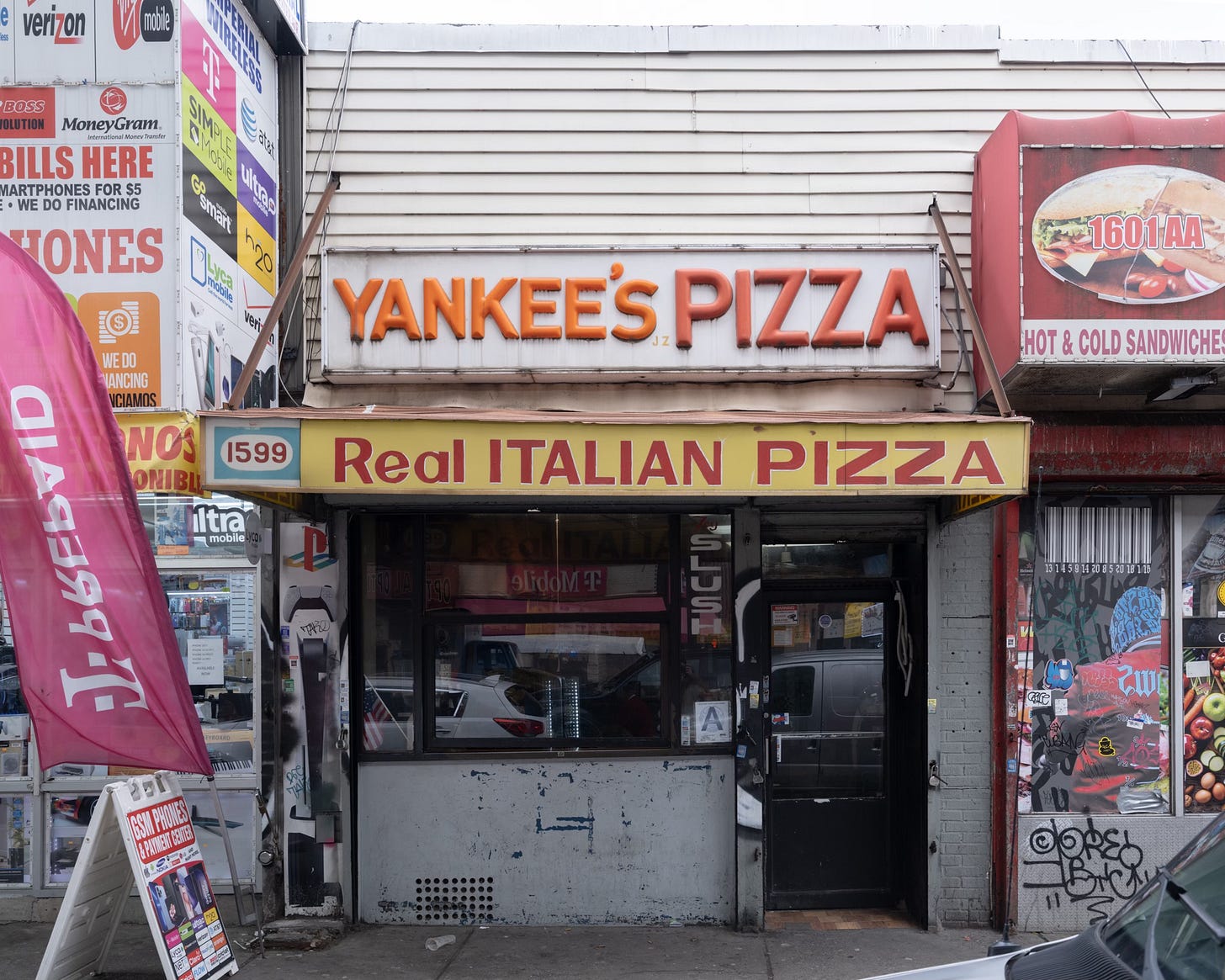
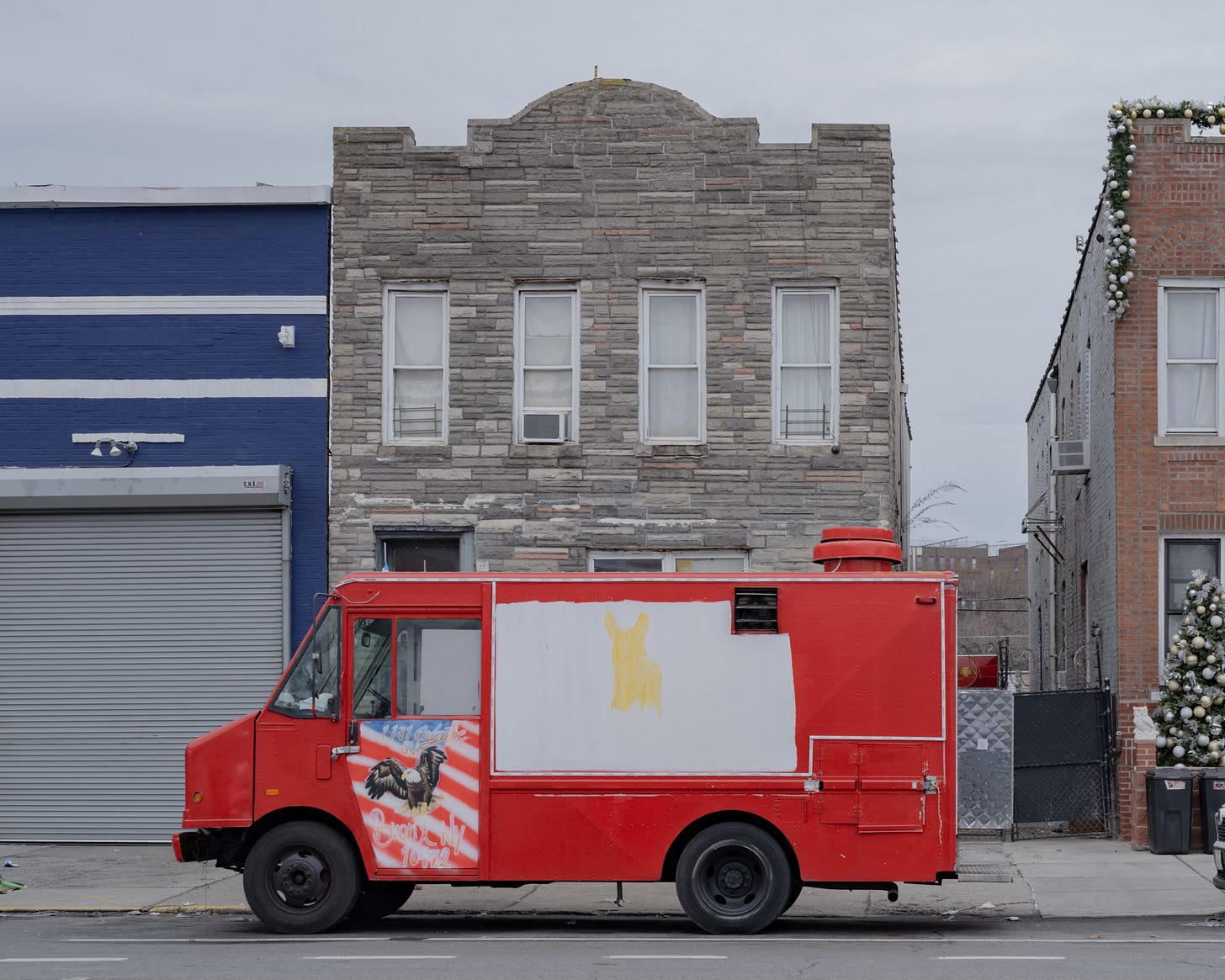
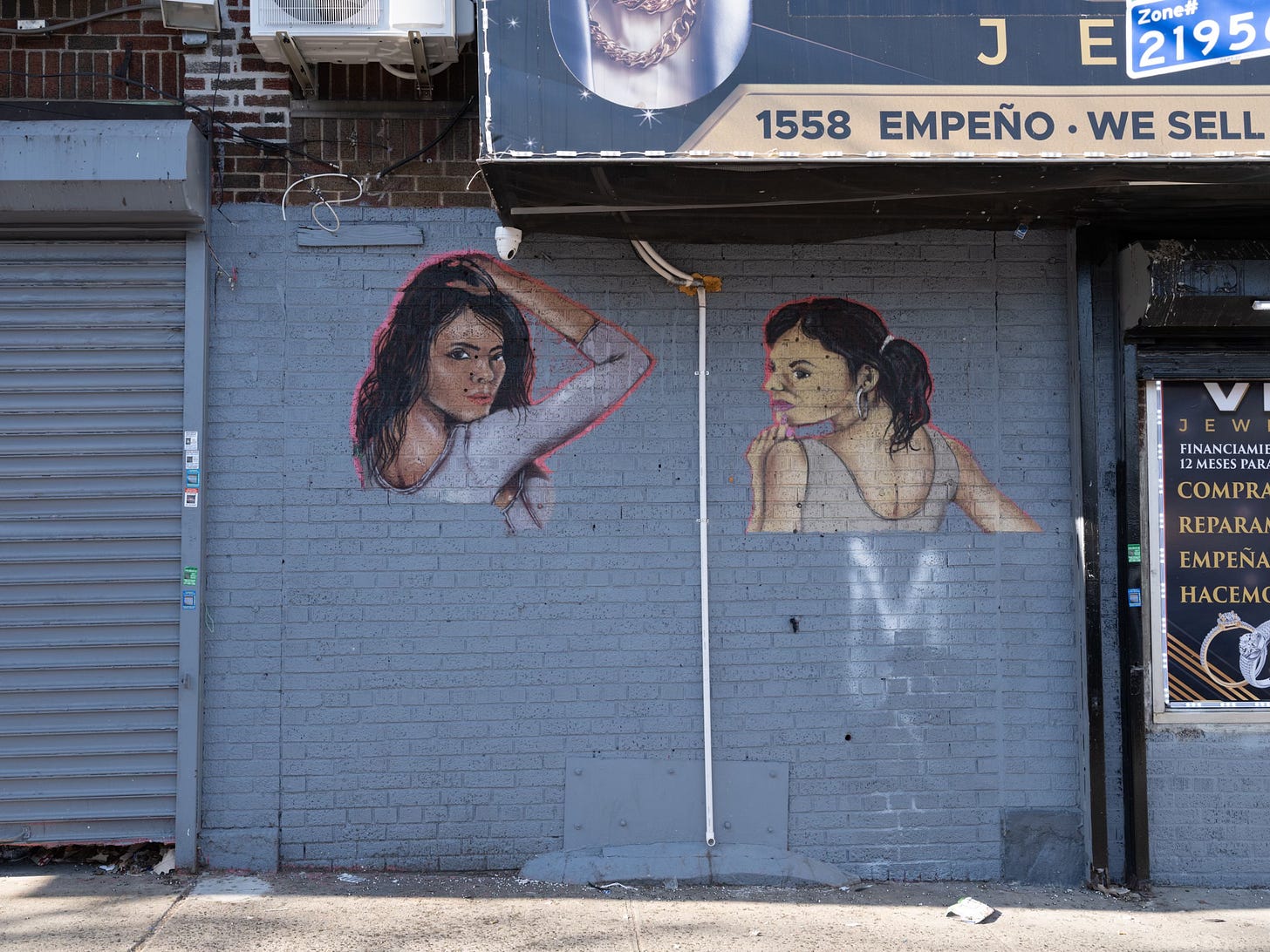
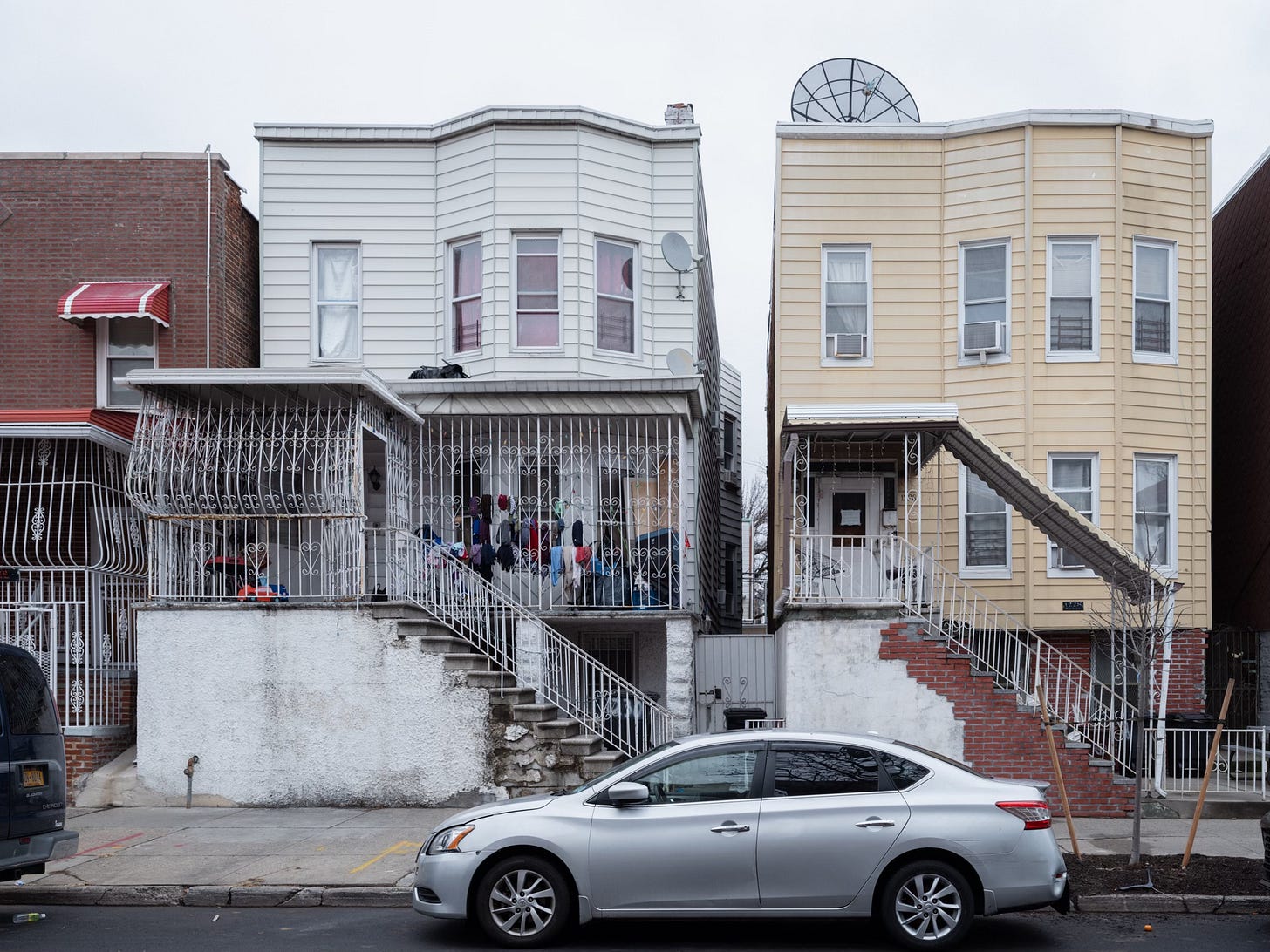
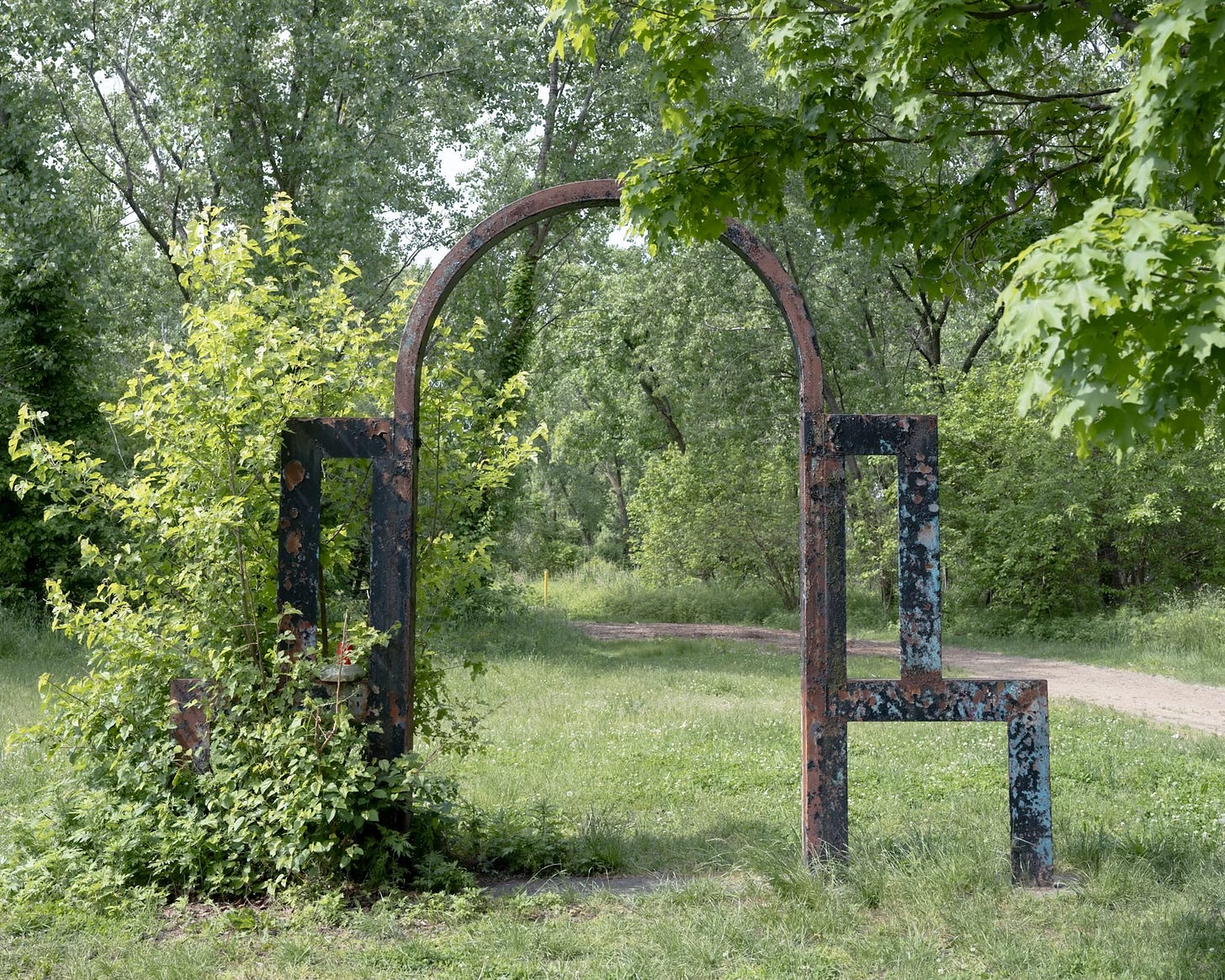
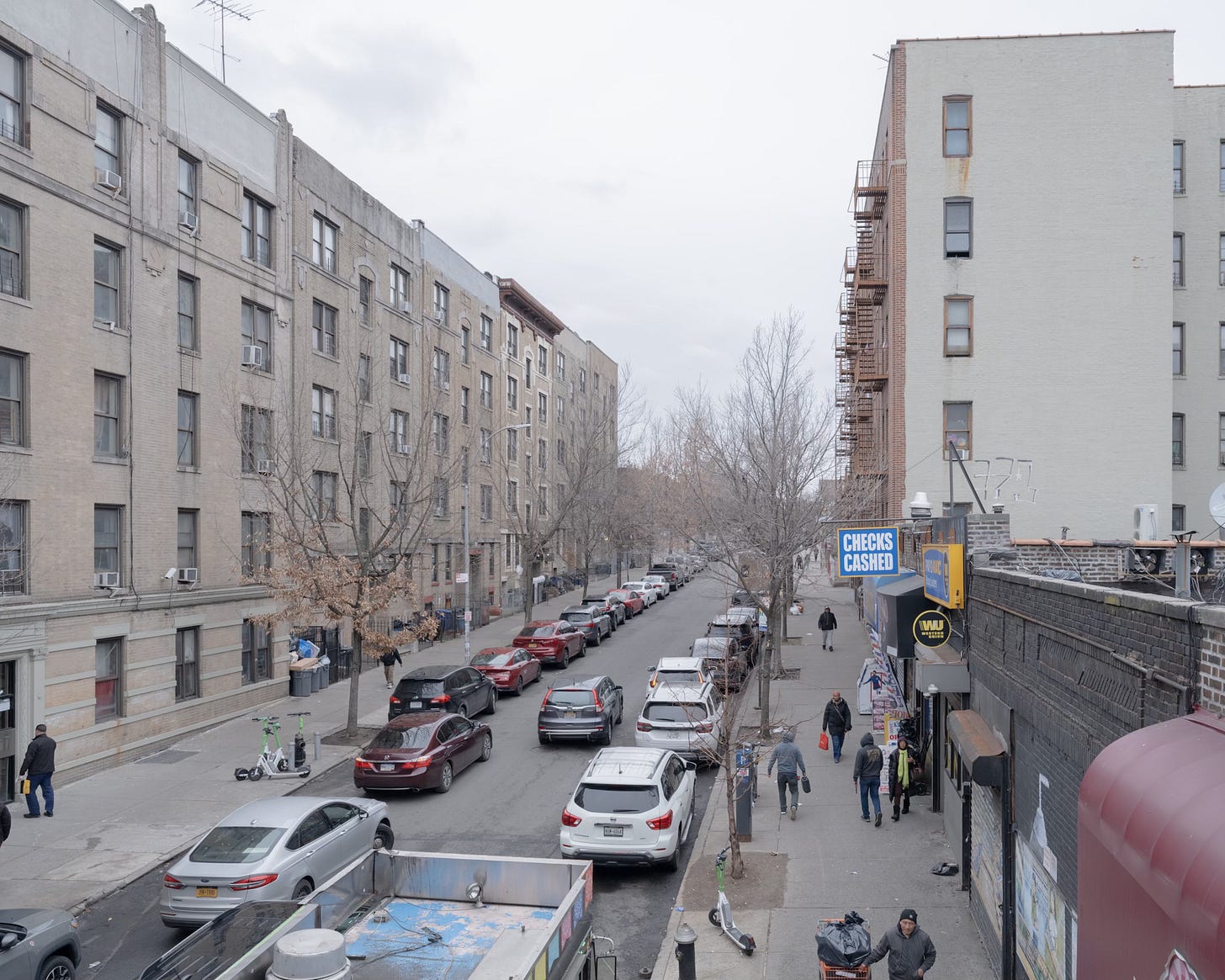

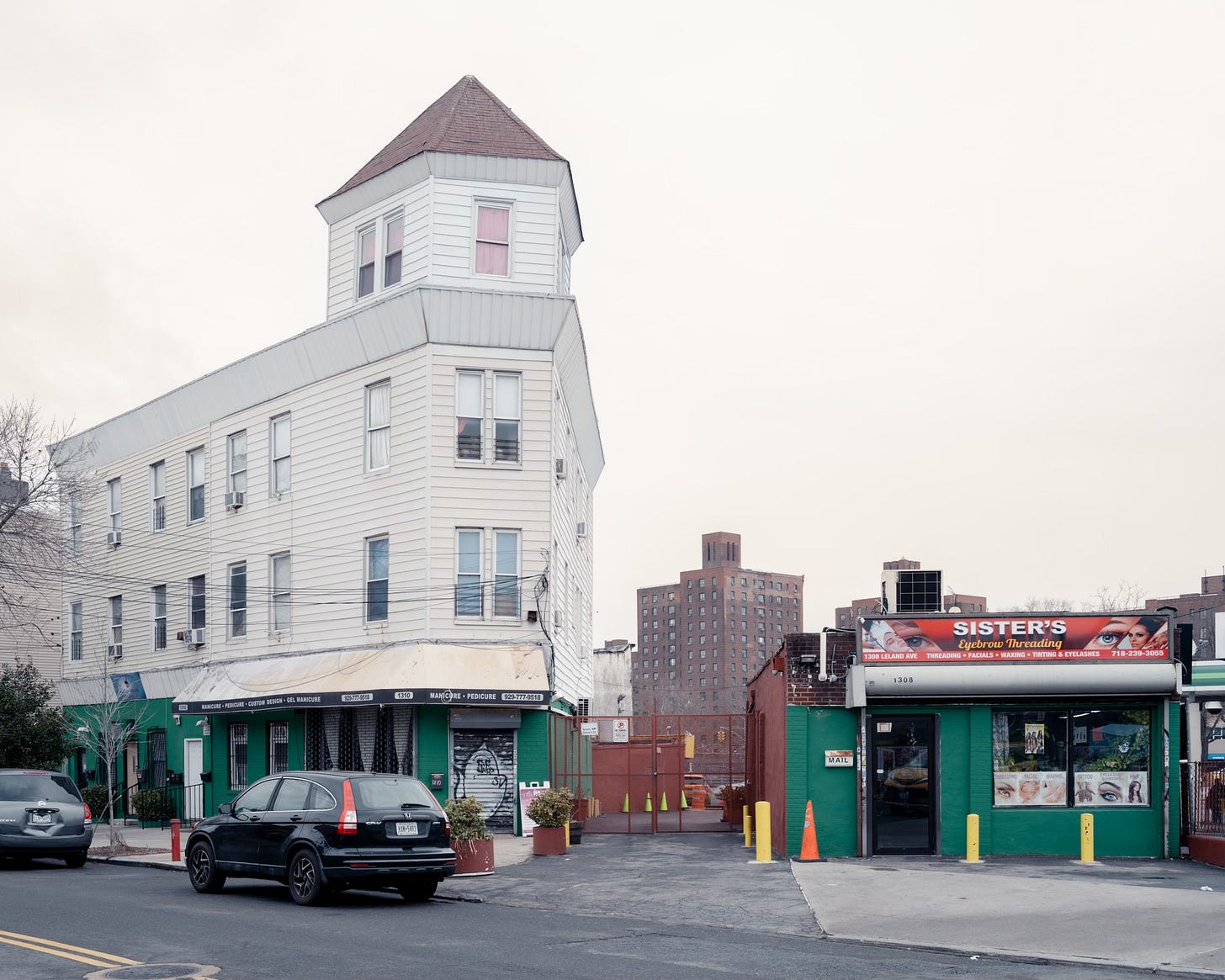
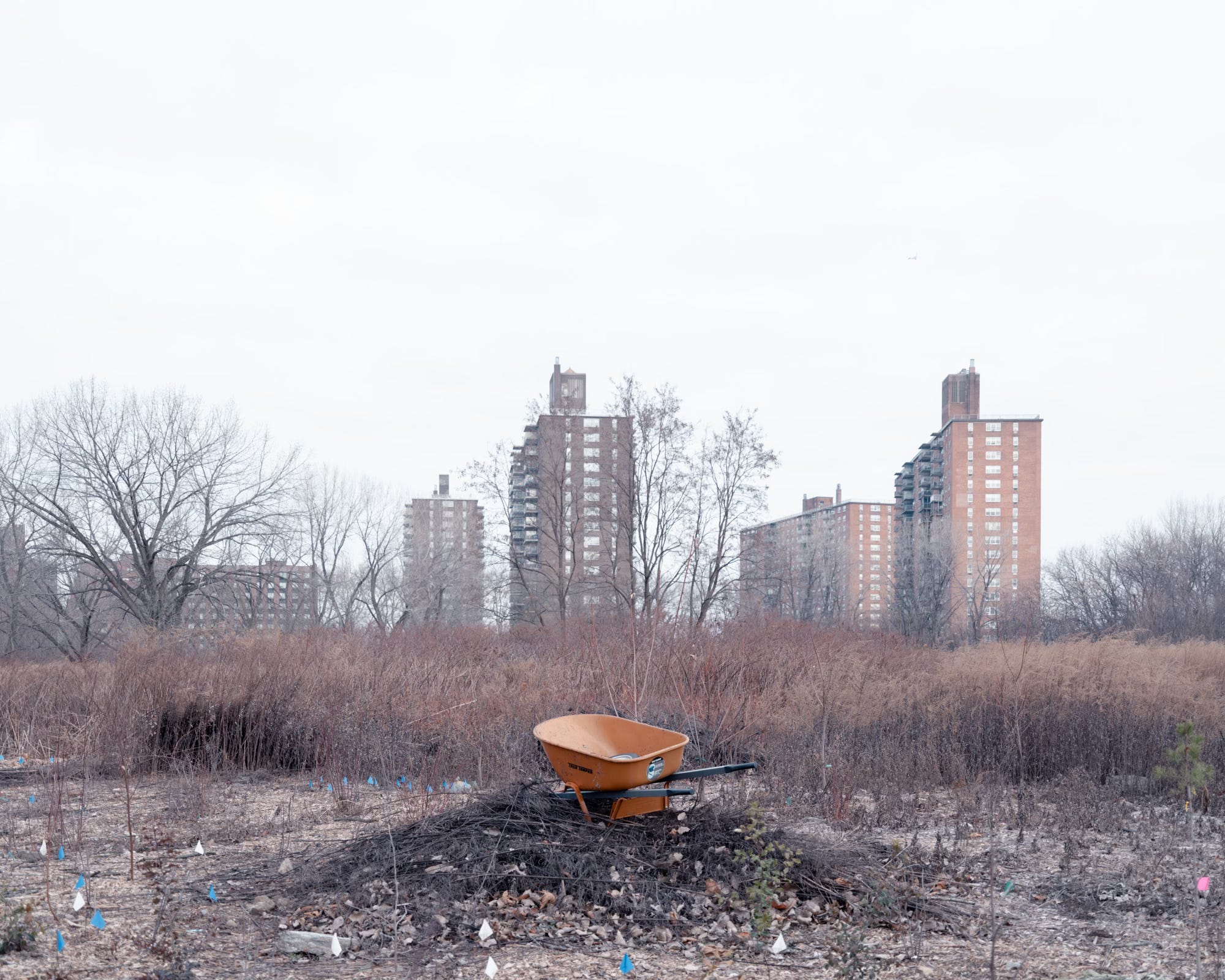
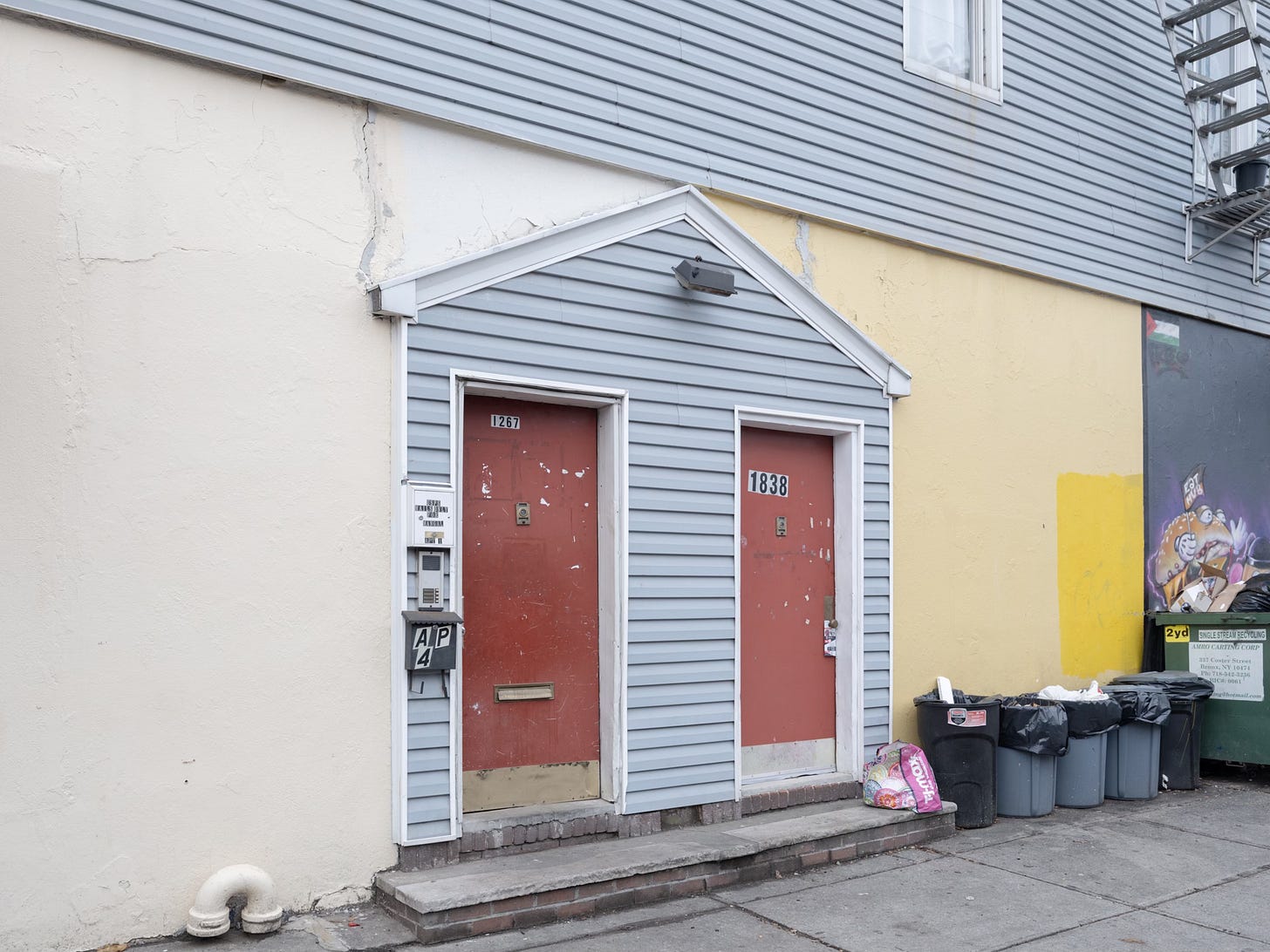
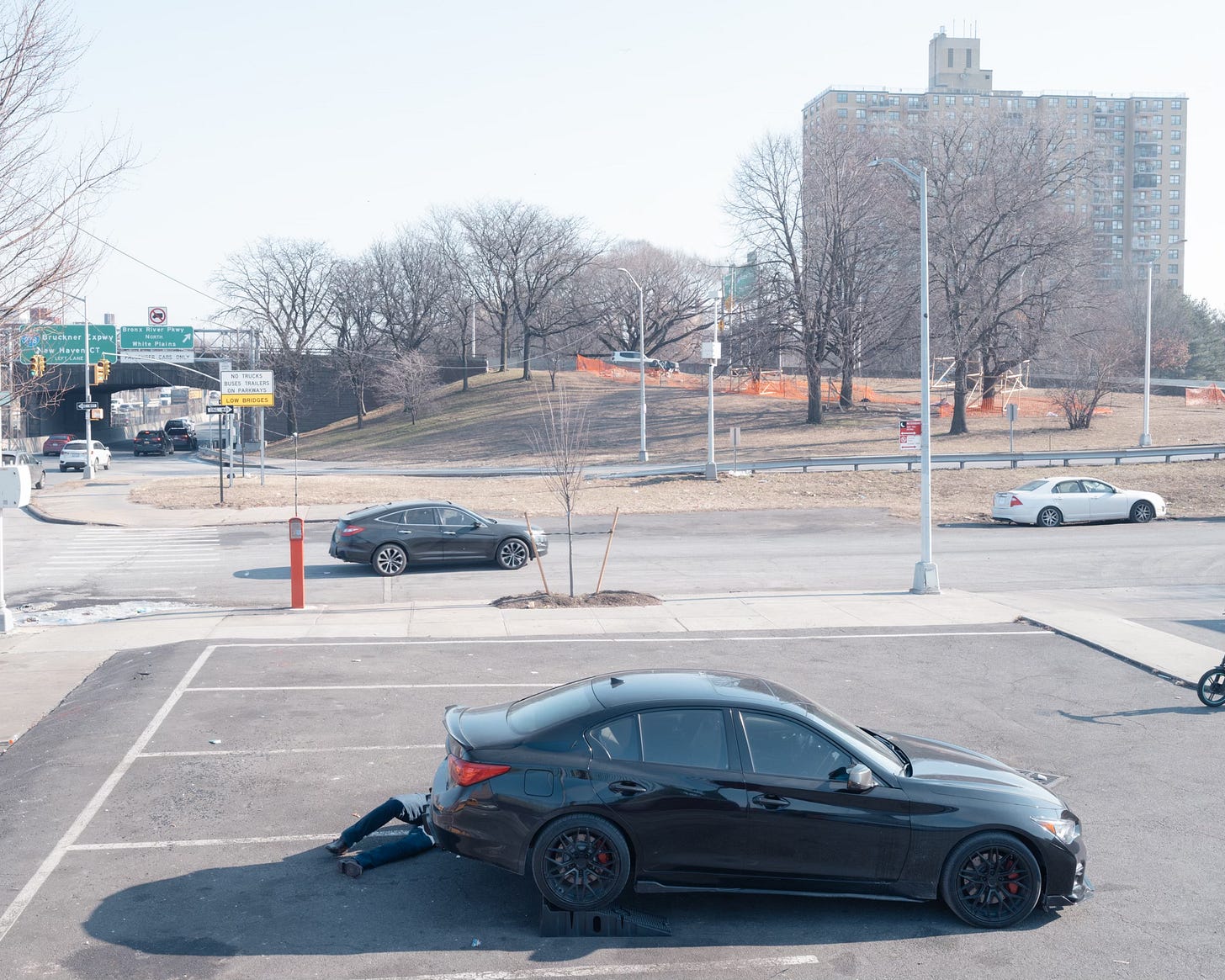
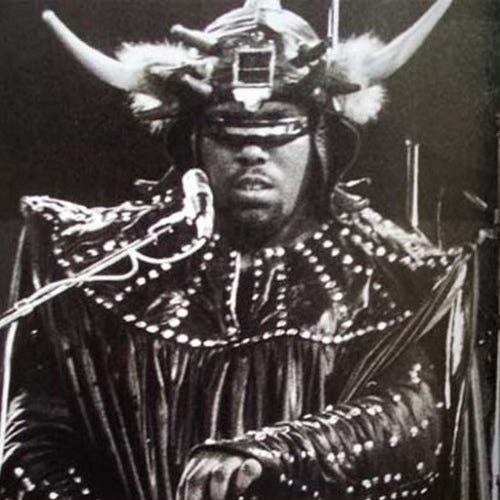


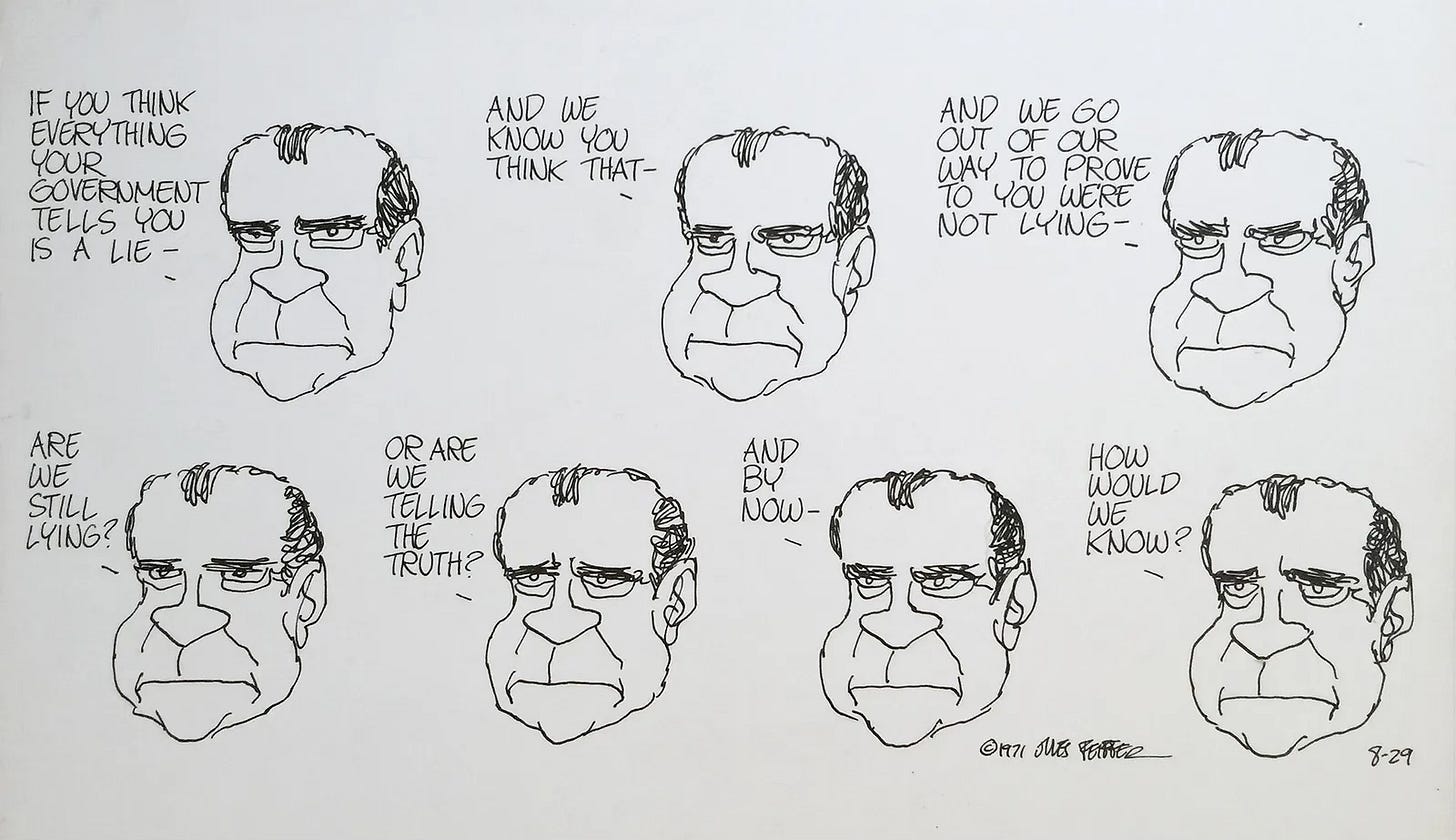
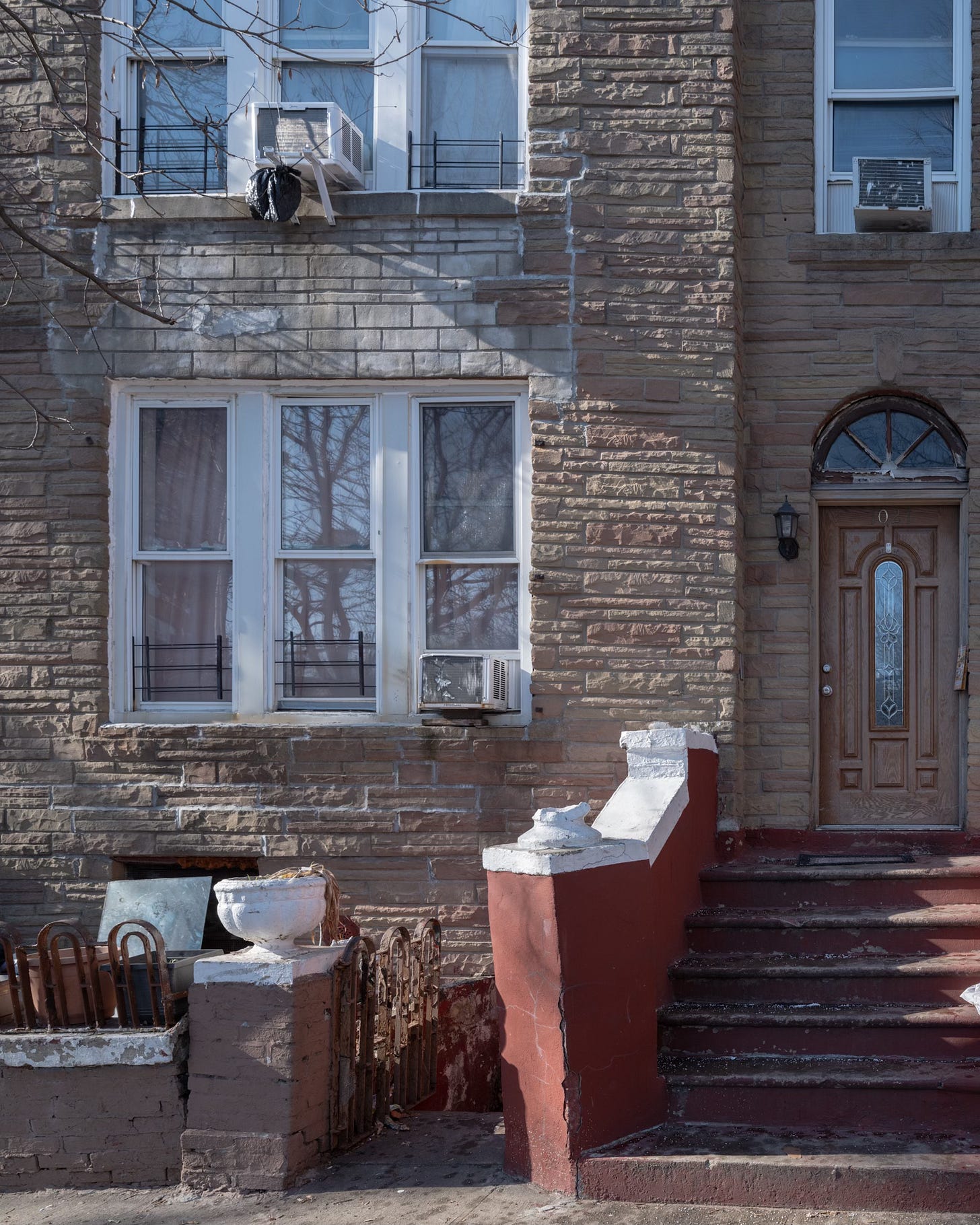

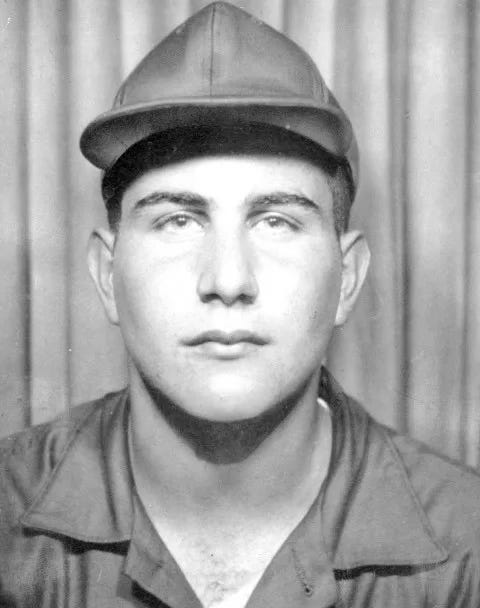
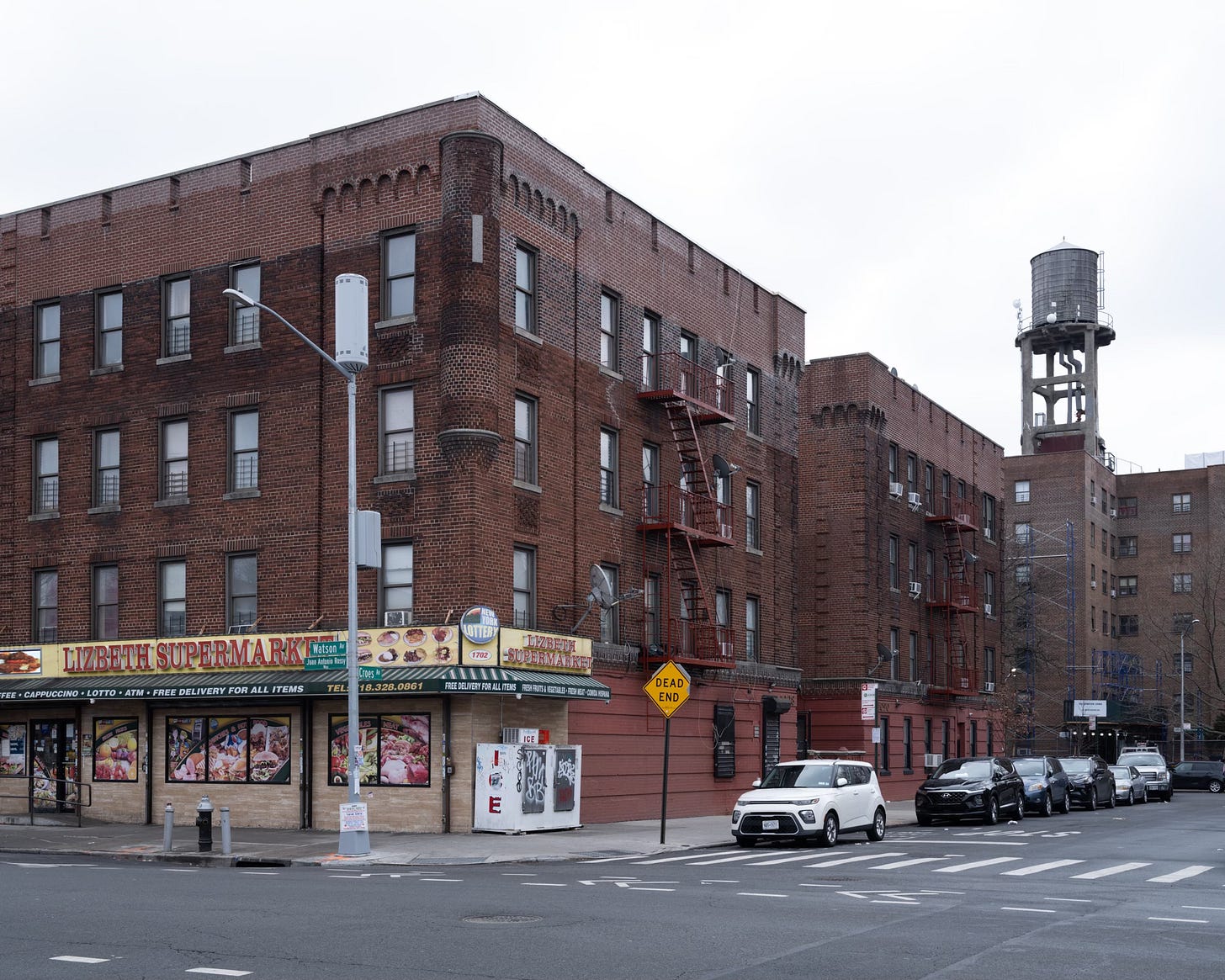
"Almost didn't see this one" made me snort out loud.
I've never been to New York, yet I visit every week - and this week's visit is made visceral by the sights (Rob's images), the sounds (Rob's sound is back on track :-) ) , and by the stories - enhanced this week by Joel Meyerowitz's personal recollections. What. A. Treat.
Rob, thank you so much for these - as always the sheer breadth is breathtaking - from light hearted whimsy to police brutality, serial killings and wildlife sightings.